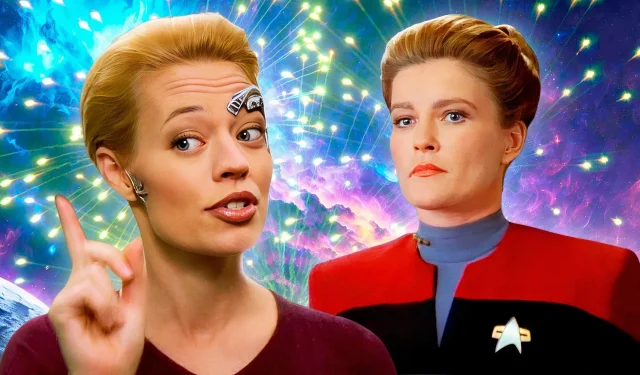Star Trek: Voyager occupies a distinctive niche within the Star Trek universe, allowing it to explore narratives that would be unfeasible in other Star Trek series. Captain Kathryn Janeway, portrayed by Kate Mulgrew, finds herself leading her crew through an uncharted region of space in the Delta Quadrant, significantly isolated from the support of Starfleet or the Federation. Although the series took some time to establish its foundation in the early seasons, by the fifth season, it emerged with some of the finest episodes in the entire franchise.
What distinguishes Season 5 of Voyager is the profound development of its characters and their dynamics aboard the USS Voyager. By this point, Jeri Ryan’s character, Seven of Nine, transitions from a former Borg drone to an integral member of the crew who is no longer seeking to return to the Collective. Additionally, Neelix, the Talaxian cook played by Ethan Phillips, evolves from mere comic relief to a character with greater depth and presence. The relationships forged among the crew became a catalyst for some truly iconic episodes.
10
“Infinite Regress”
Episode Seven Showcases Jeri Ryan’s Versatility
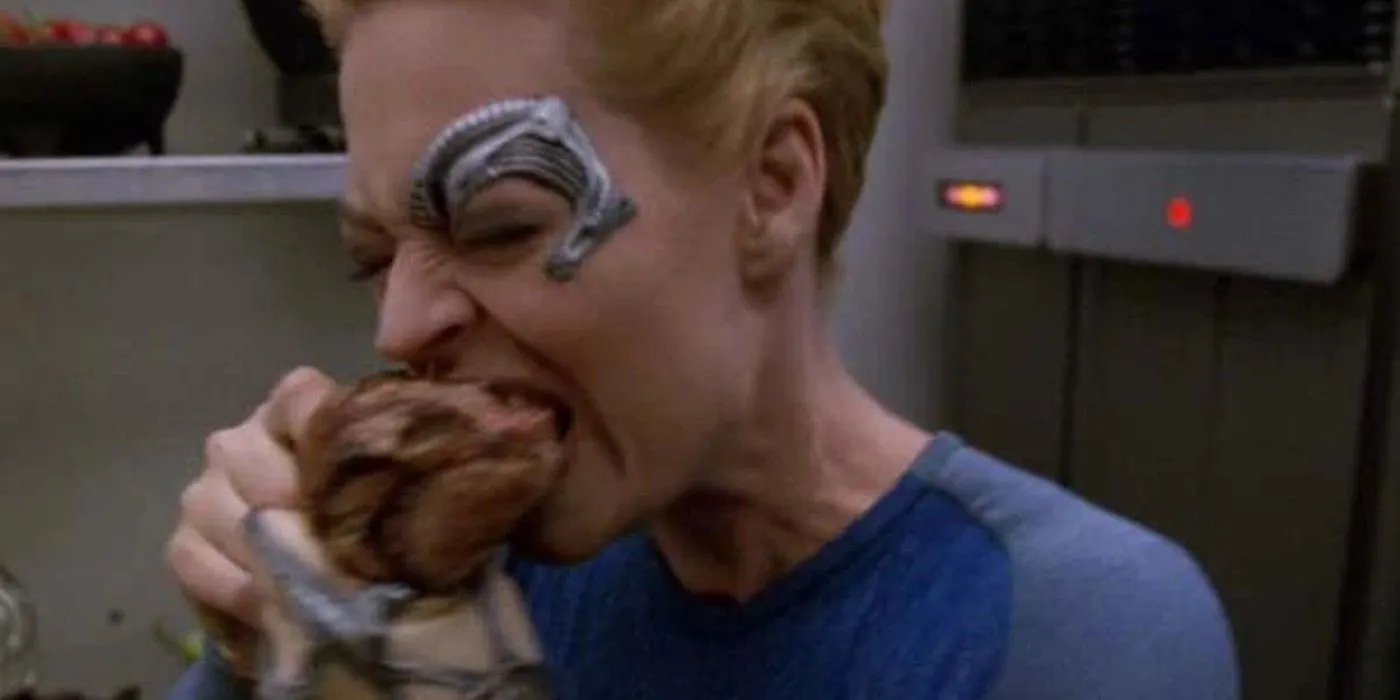
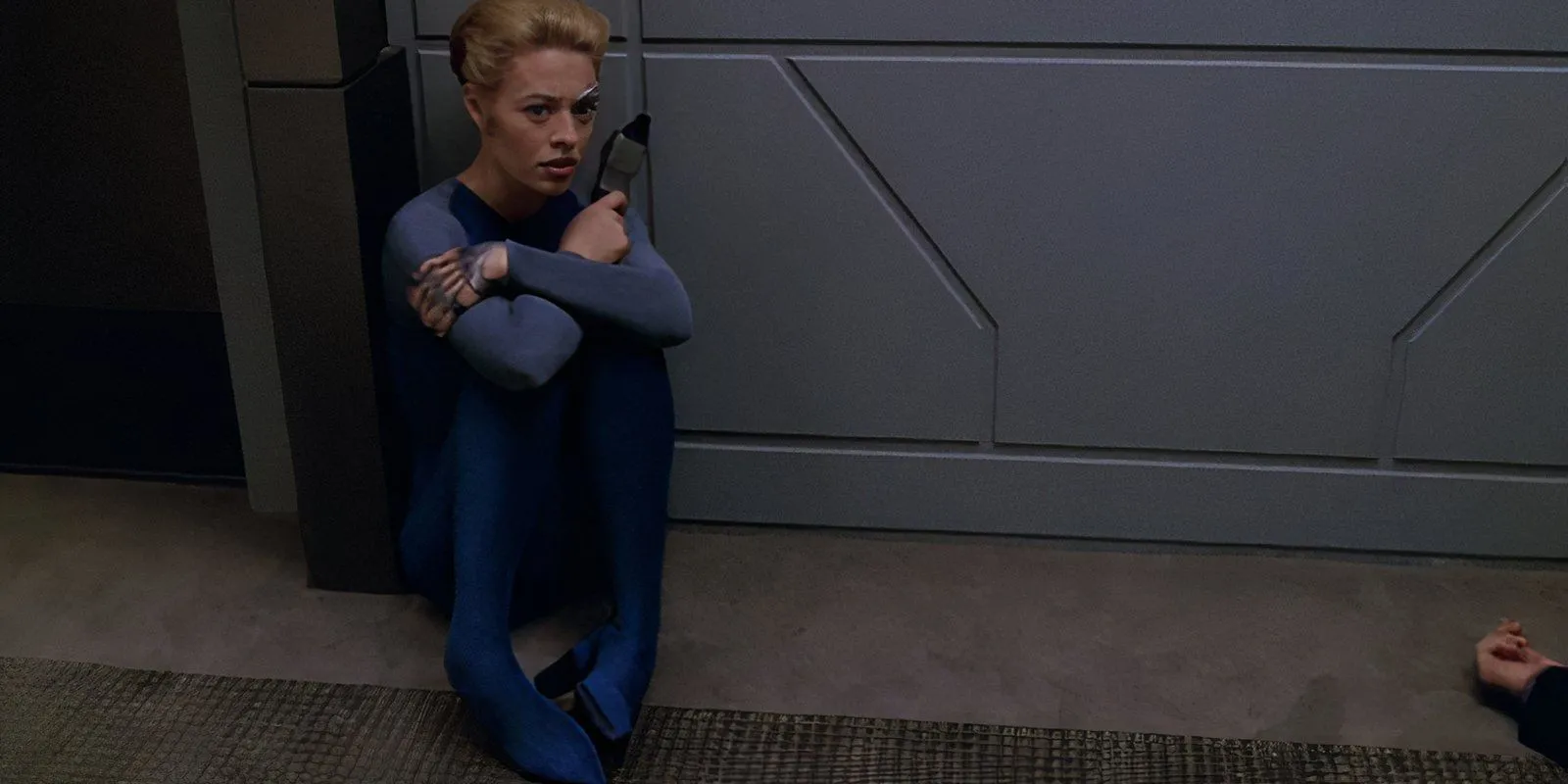

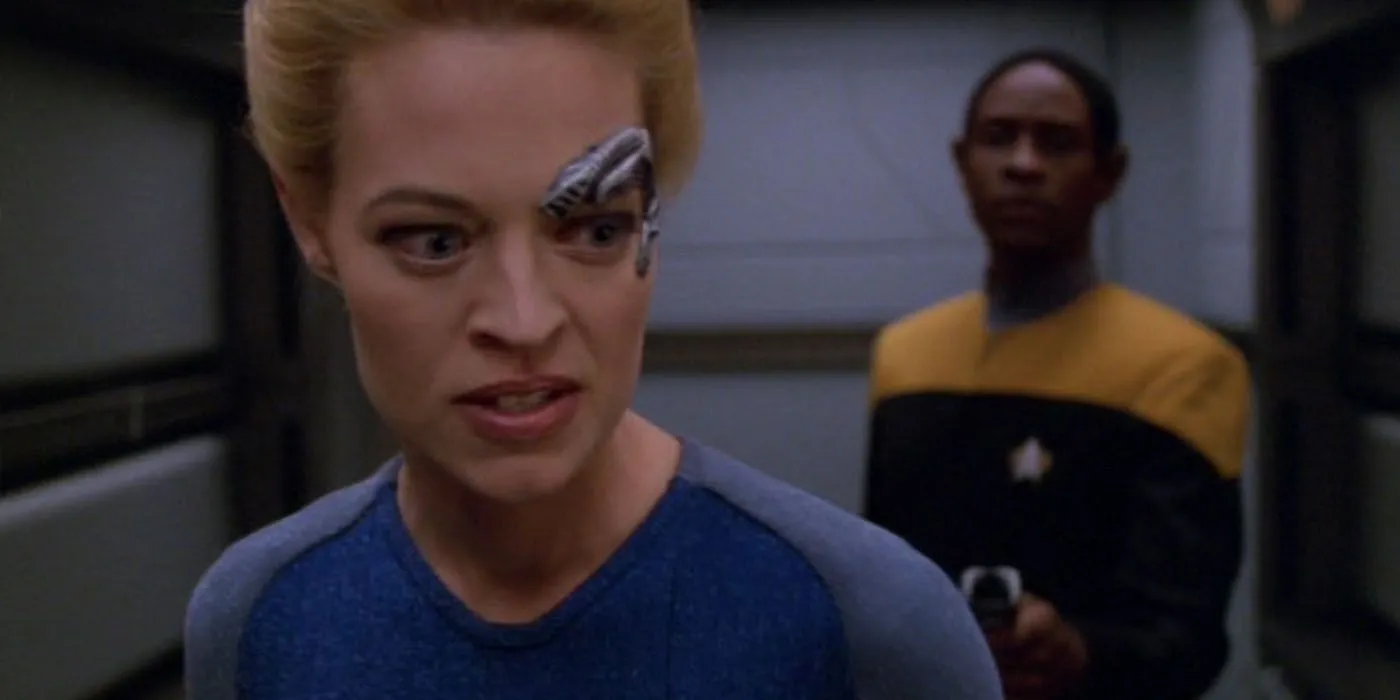
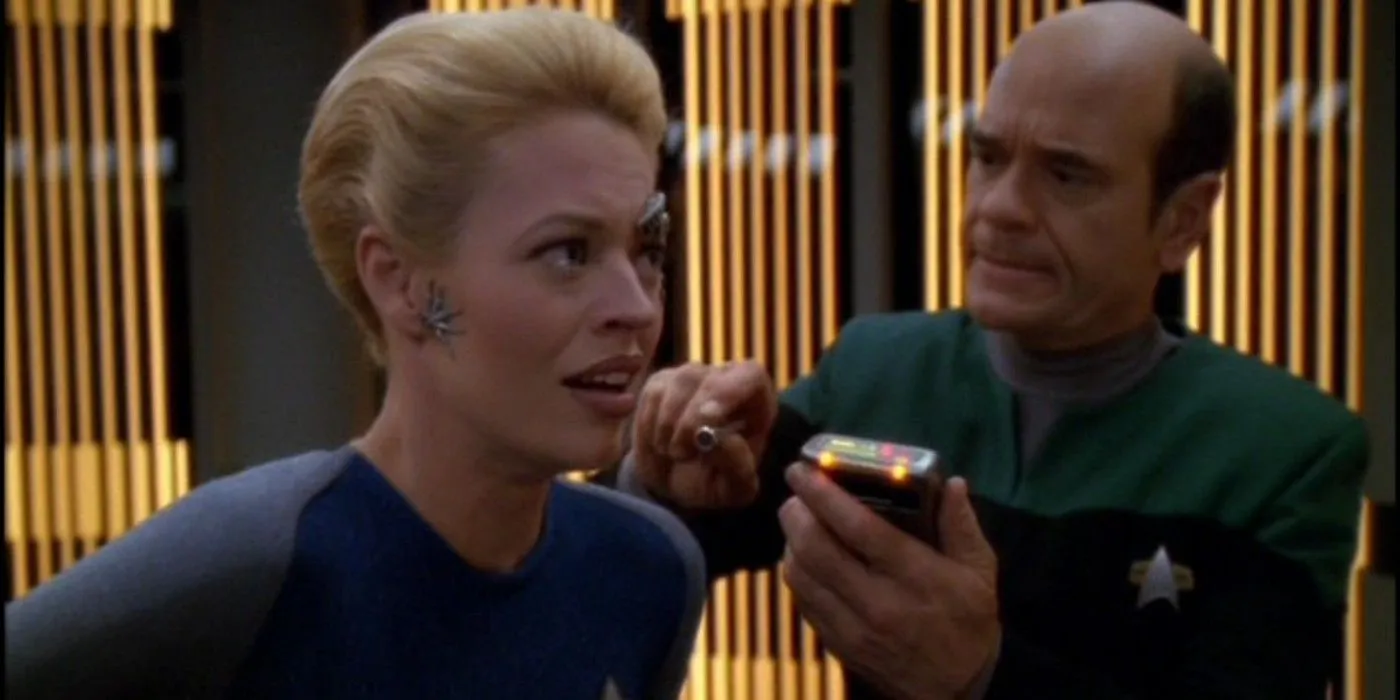
In “Infinite Regress,”Seven of Nine’s stoic persona is put to the test as a Borg virus compels her to embody numerous distinct personalities. This episode allows Jeri Ryan to exhibit her remarkable acting skills, as she seamlessly transitions between a Klingon, a Ferengi, and even a human child, each performance revealing a different facet of her range. The episode artfully juxtaposes these diverse characterizations within the framework of Seven’s identity.
A standout aspect of the episode is the bond that develops between Seven and Naomi Wildman, Voyager’s youngest crew member. A new friendship forms by the conclusion of “Infinite Regress,” which sets the stage for their ongoing relationship in subsequent episodes. Despite this connection, the episode’s exploration of Seven’s new identities does not significantly enrich her character development, but the poignant final scene of Naomi teaching Seven Kadis-Kot is nonetheless heartwarming.
9
“Dark Frontier”
Episodes 15 and 16 Reintroduce a Familiar TNG Villain
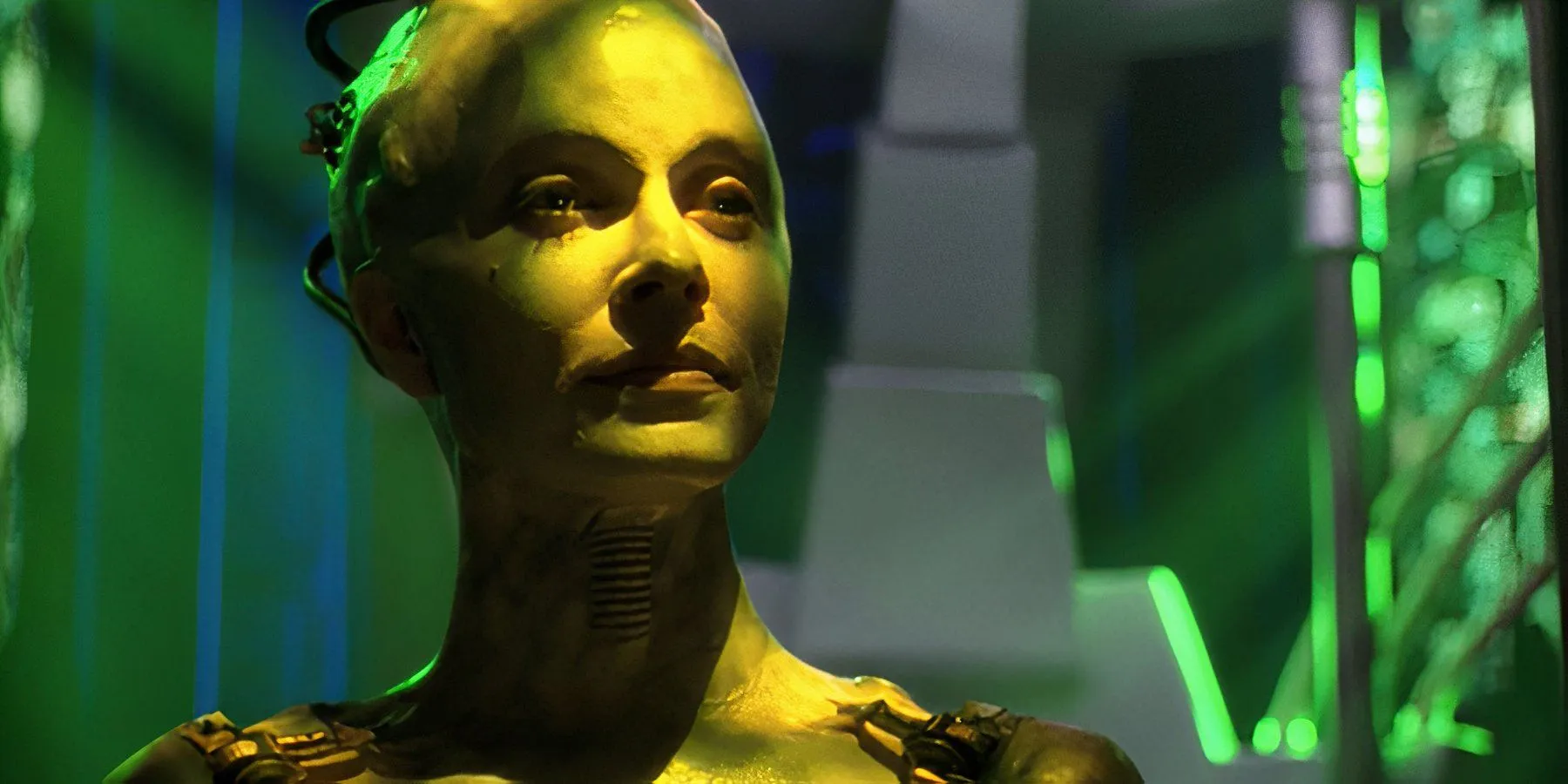
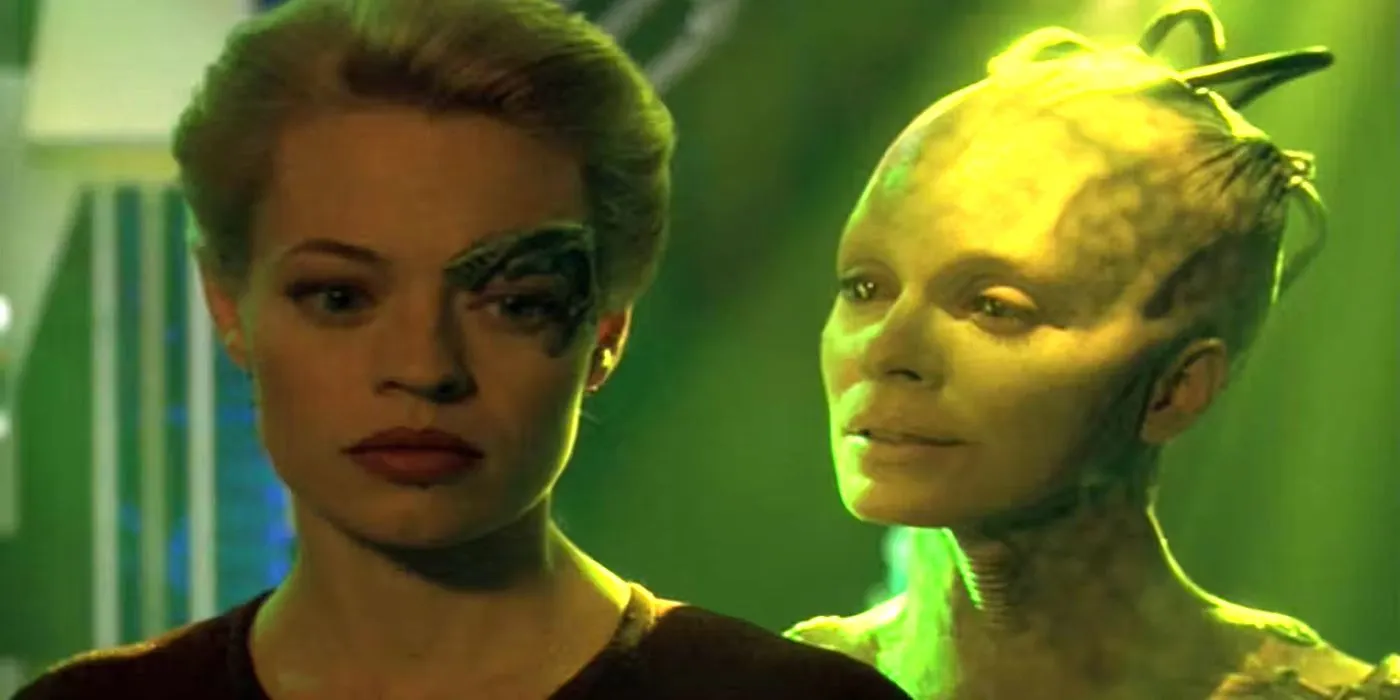
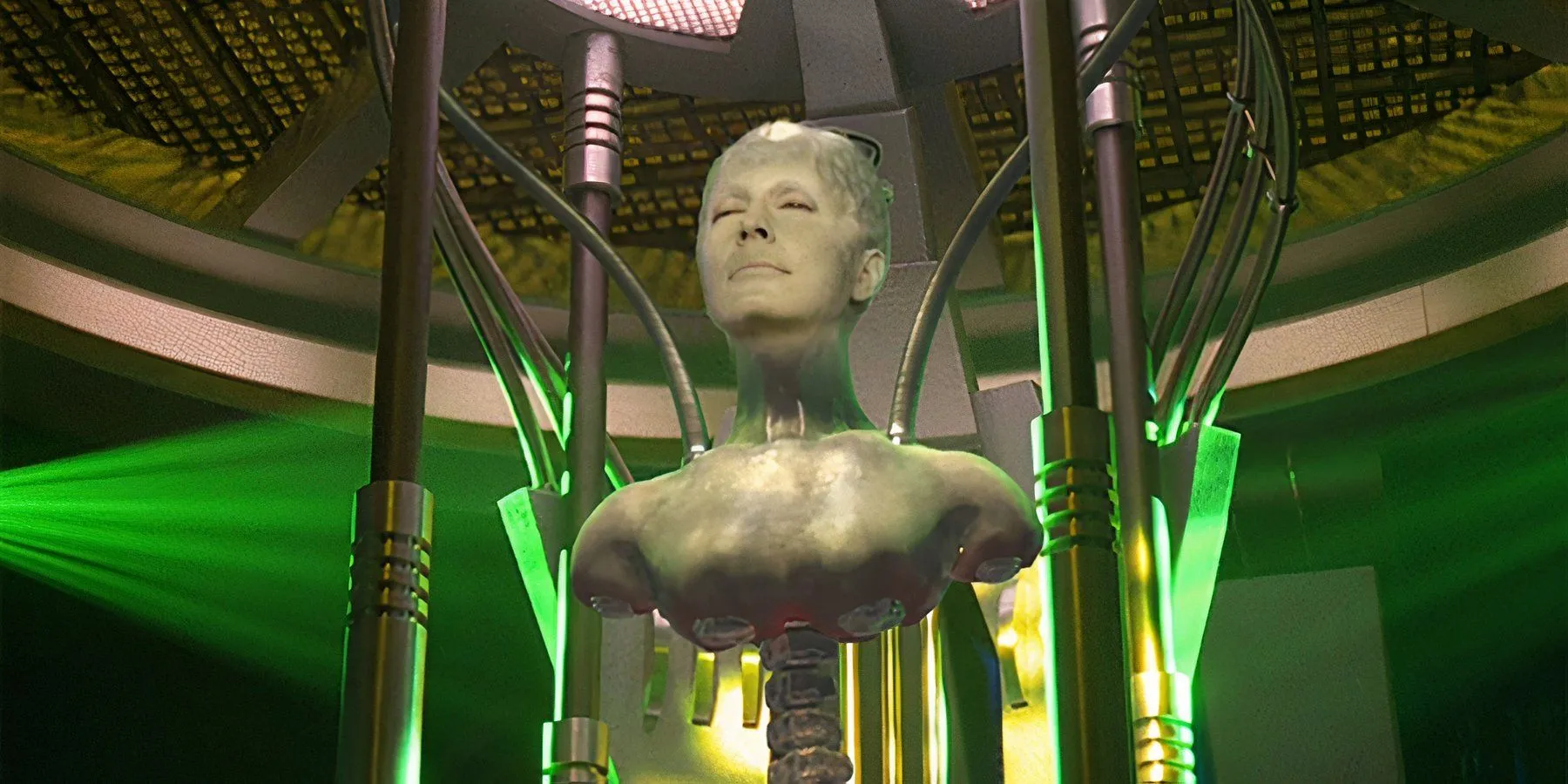
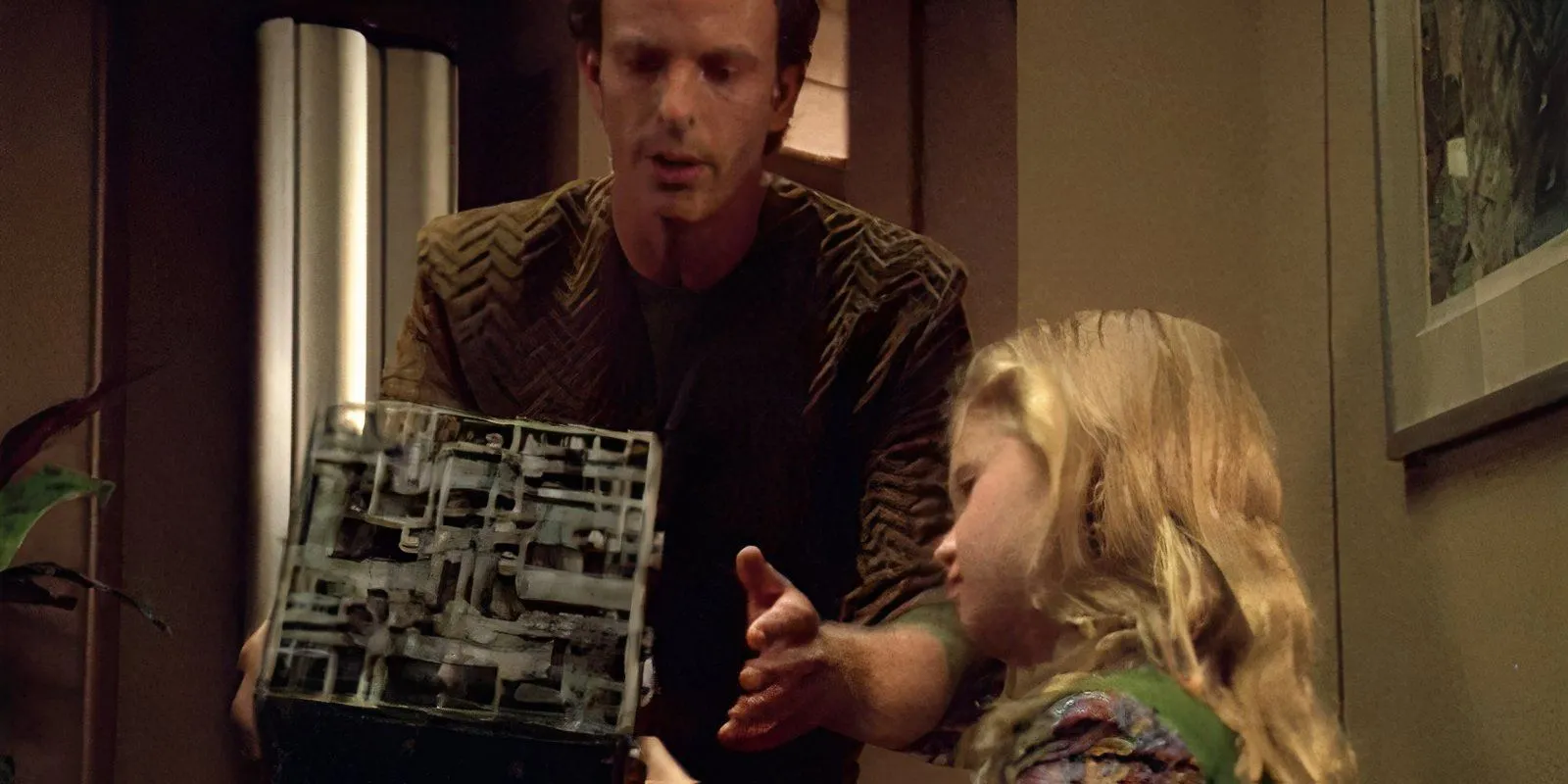
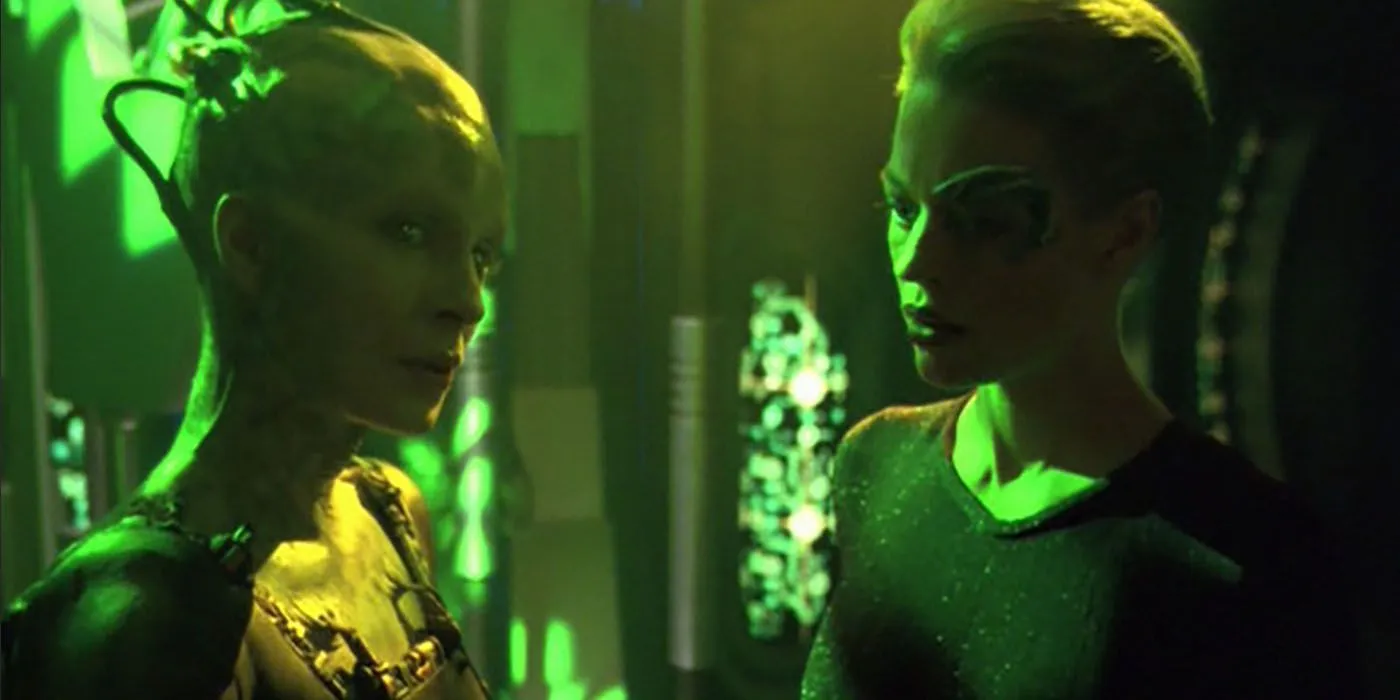
“Dark Frontier” dives into the Borg Queen’s fixation on Seven of Nine, who represents a unique bridge between individuality and the Collective’s ambitions. In this two-part narrative, Seven’s self-sacrifice is juxtaposed against the crew’s determination to save her, encapsulating the moral complexities of their reliance on one another. While the motivations echo Captain Jean-Luc Picard’s experience as Locutus of Borg, “Dark Frontier” crafts a compelling and original tale within the Voyager context.
8
“Night”
Episode 8 Exposes Internal and External Darkness Aboard the USS Voyager
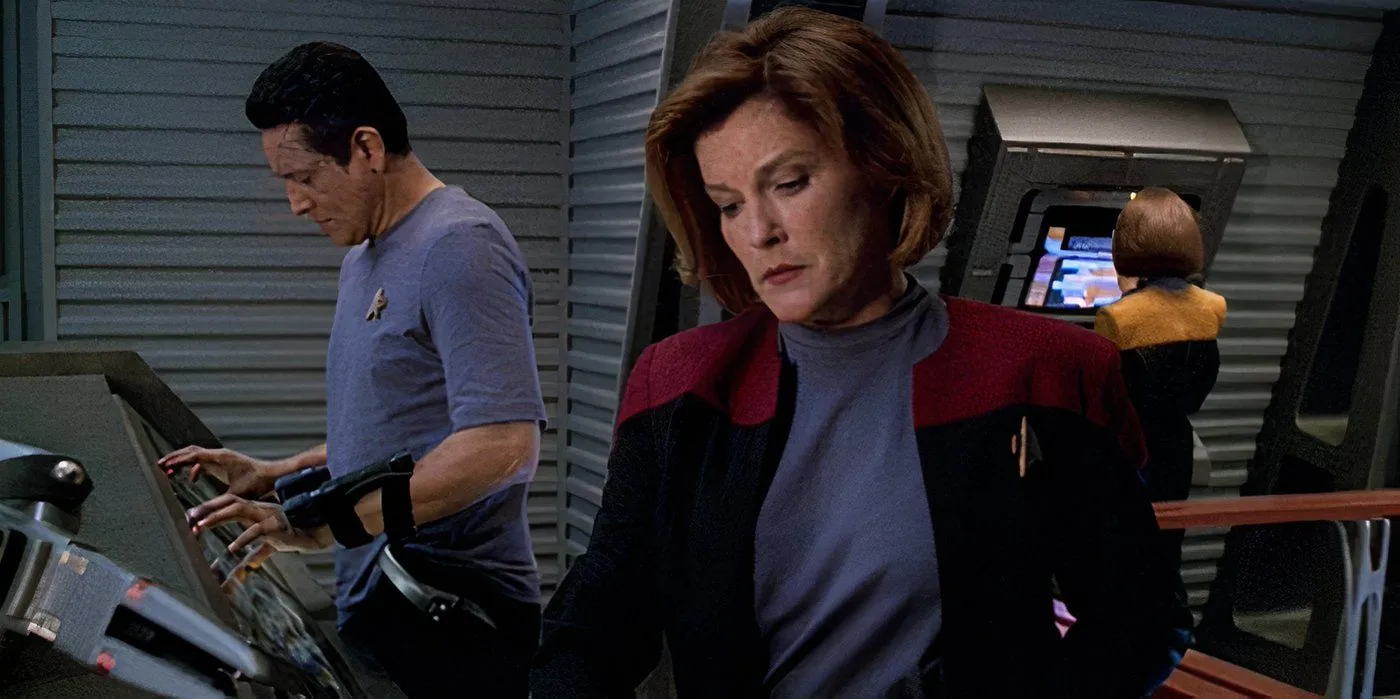
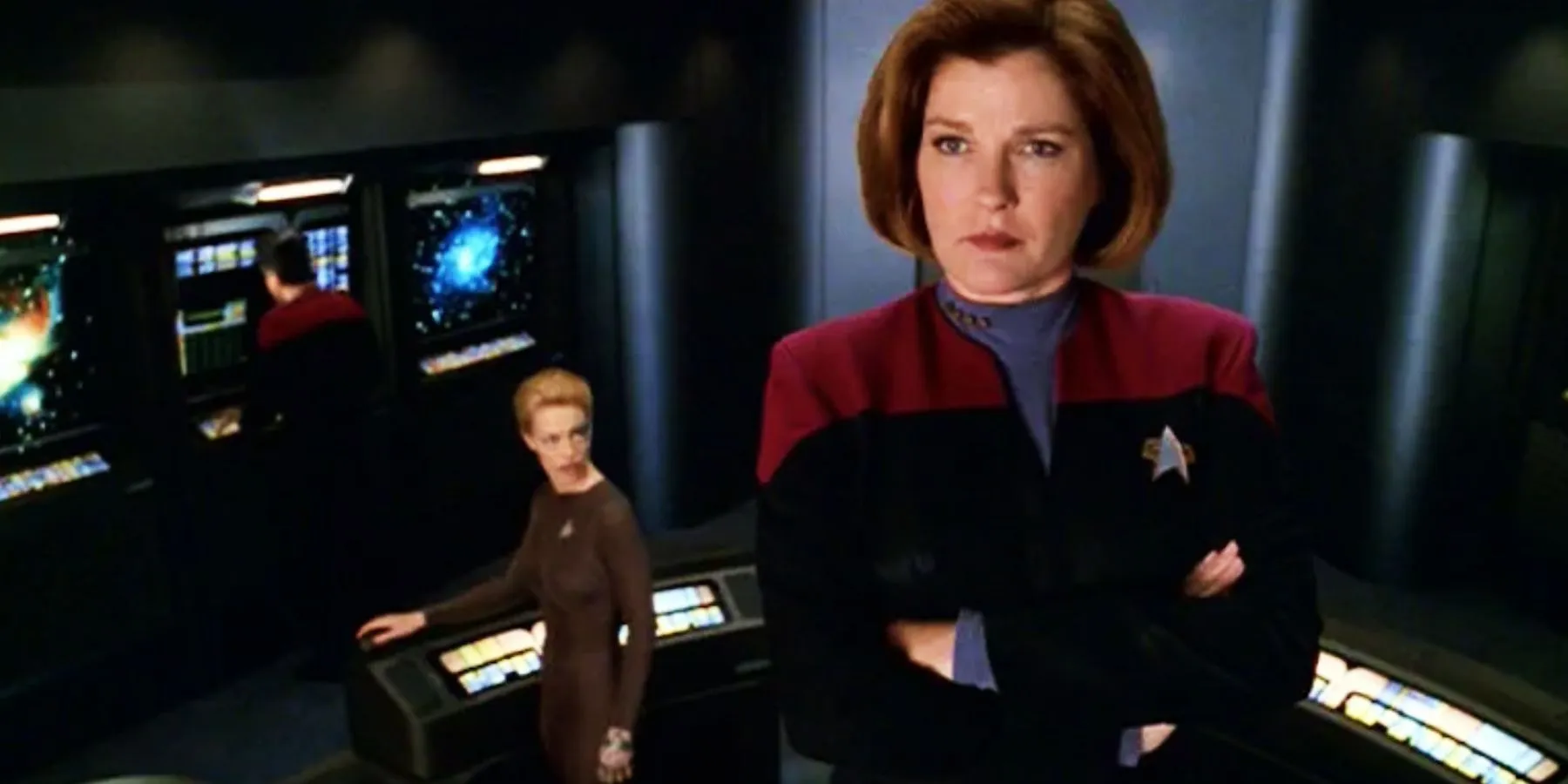


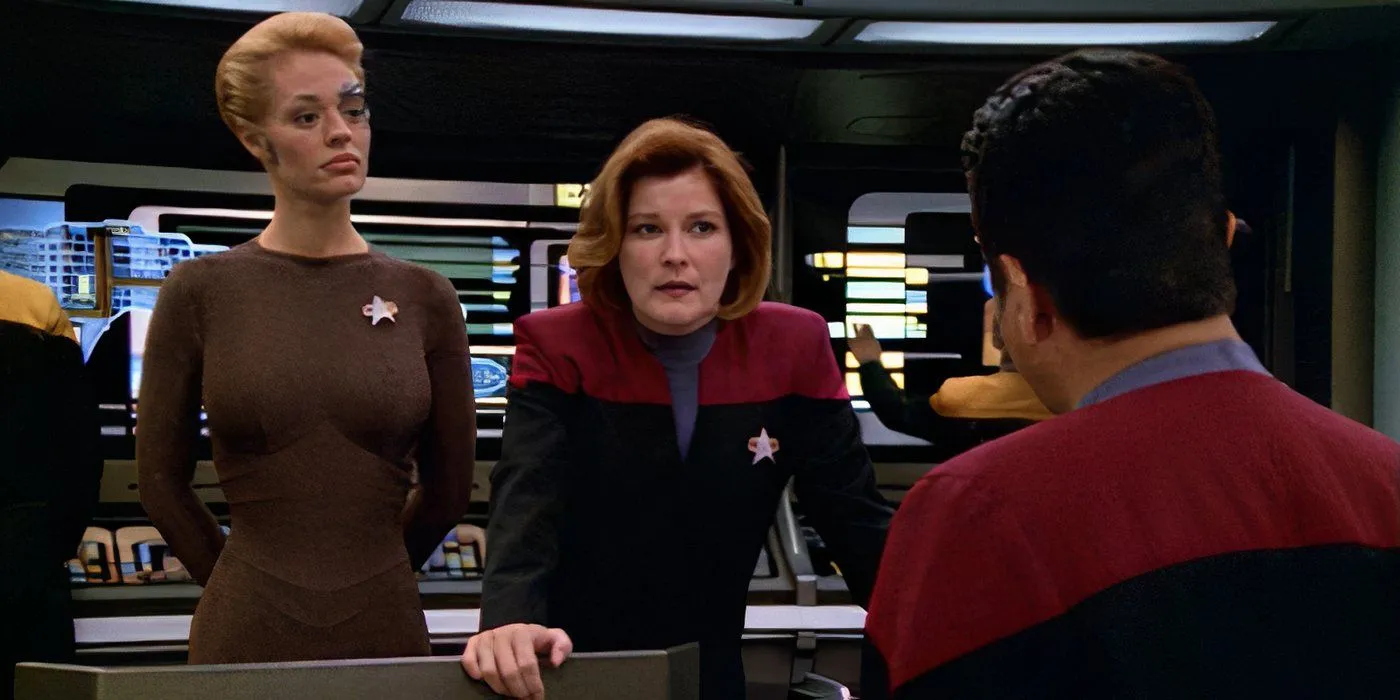
Utilizing darkness as a powerful narrative device, “Night”intricately unfolds as the USS Voyager traverses a starless void. This unsettling backdrop compels Captain Janeway to reflect critically on her leadership and the crew’s predicament in the Delta Quadrant. The episode’s tension escalates with the introduction of the Night Aliens, crafting a gripping blend of thematic depth and ominous ambiance.
As the crew refuses to allow Janeway to sacrifice herself for their mission, this moment signifies a turning point in their unity and trust. Ultimately, Janeway’s willingness to endanger herself for the greater good highlights her complex character, embodying both heroism and guilt. This rich character exploration makes “Night”a standout episode in the series.
7
“Equinox Part 1”
Episode 26 Challenges Janeway’s Ethical Boundaries While Introducing New Encounters
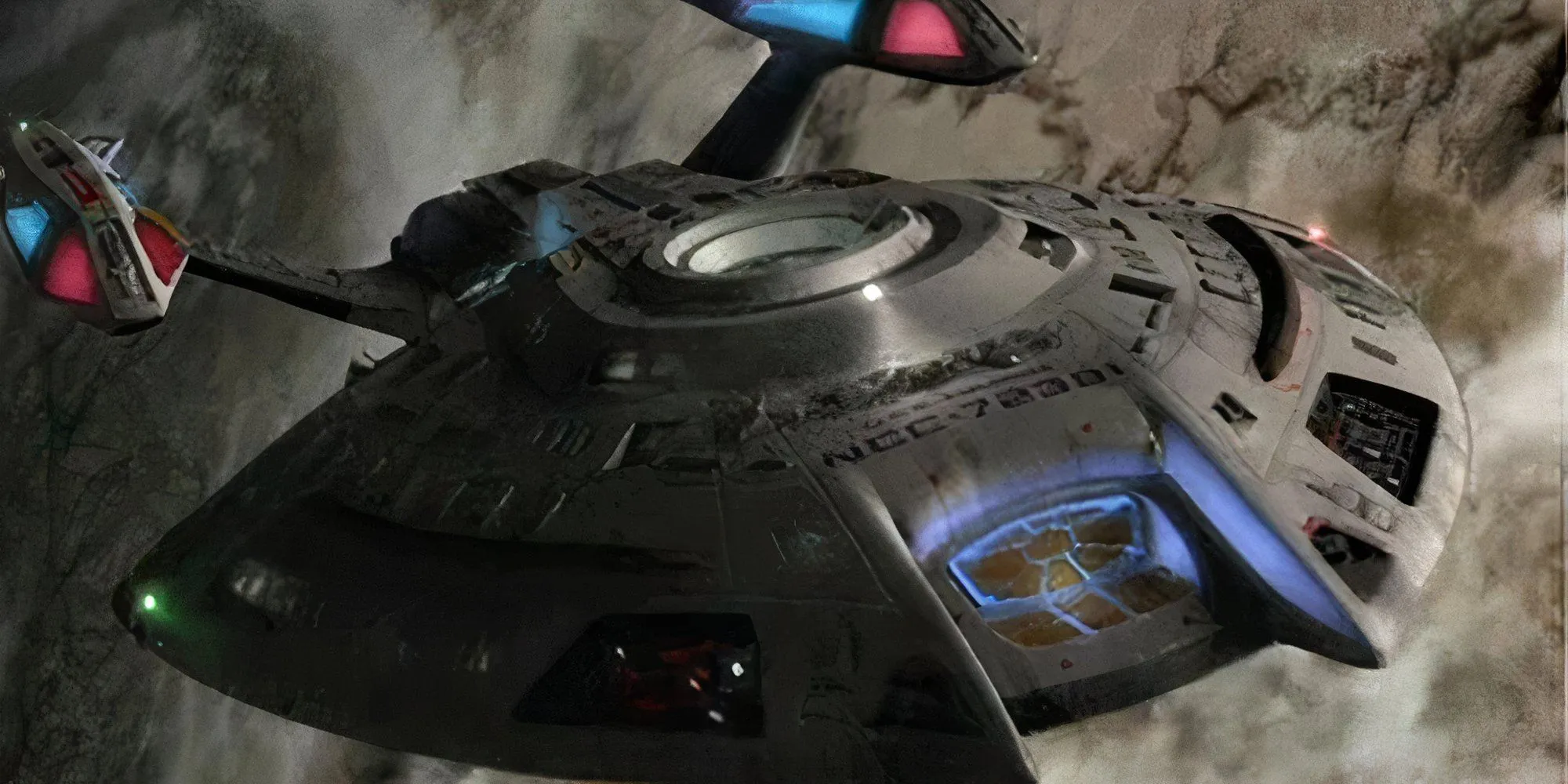

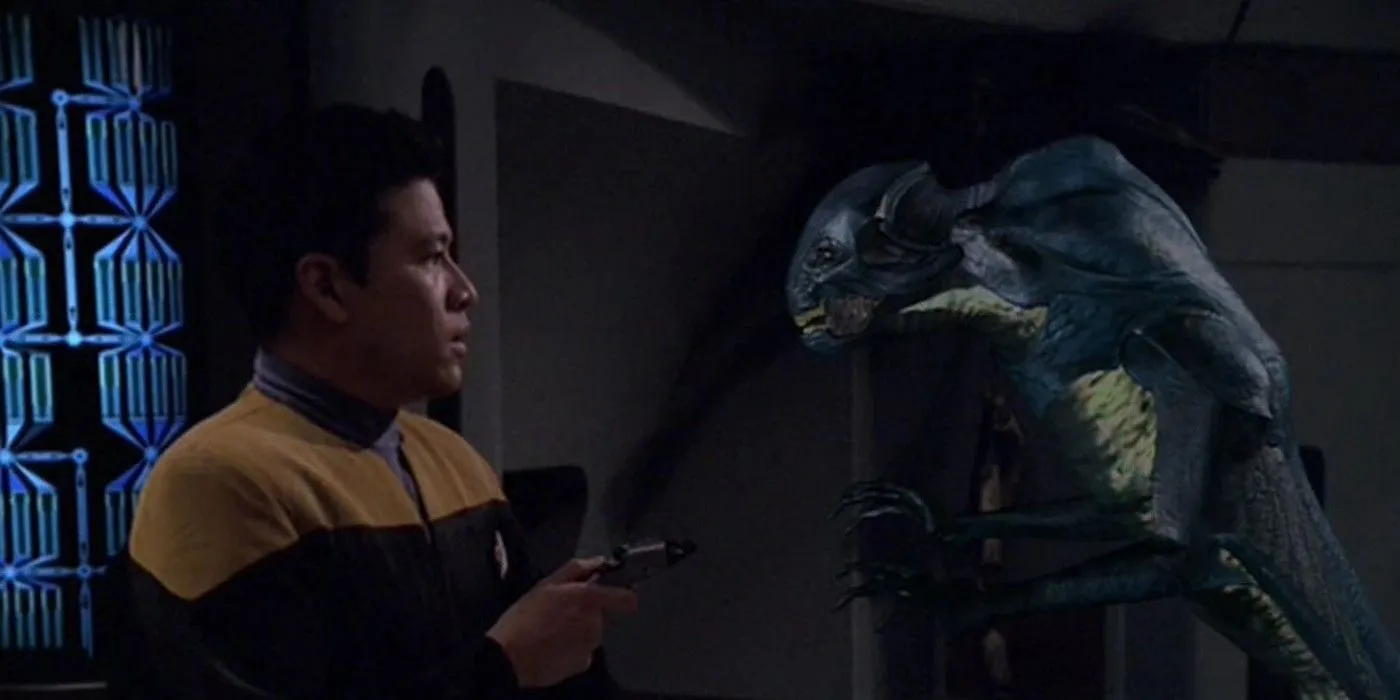
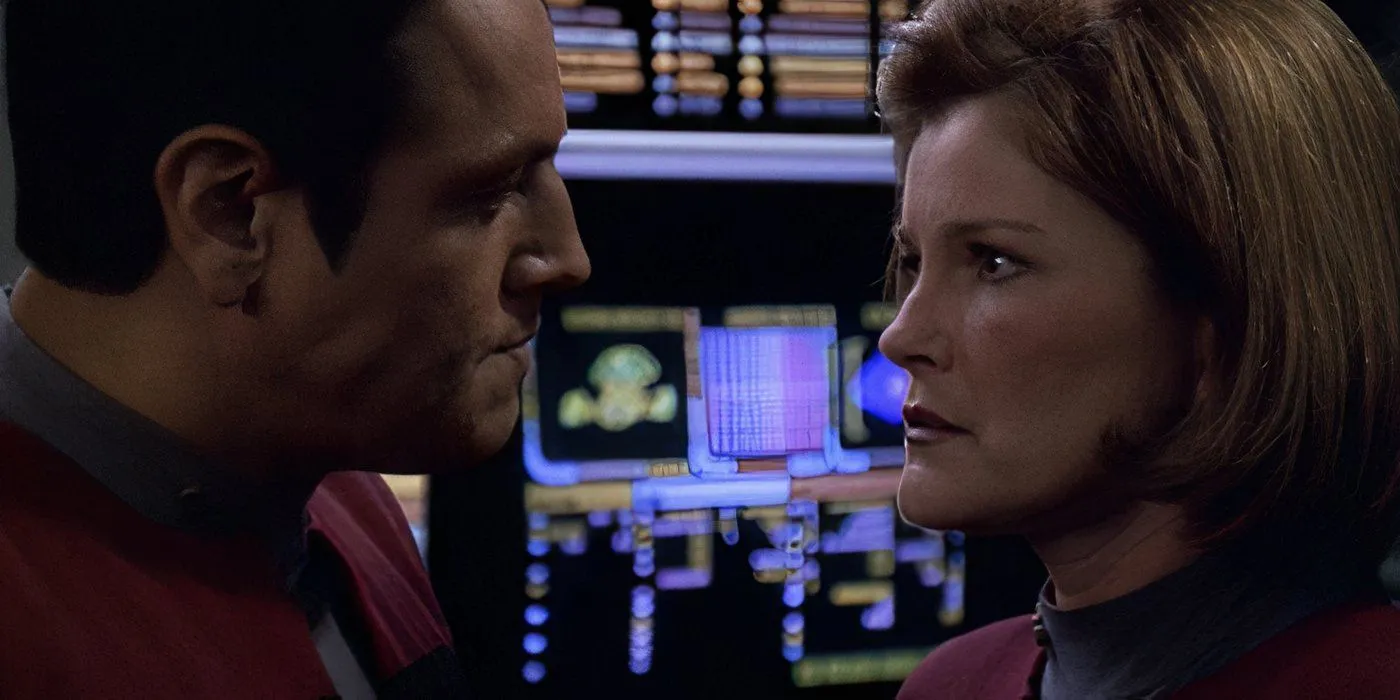

The transition between Seasons 5 and 6 captures some of the most morally complex narratives in Voyager. Throughout the series, Captain Janeway embodies Starfleet’s ethical standards, avoiding dark choices—a direct contrast to Captain Rudolph Ransom (John Savage) of the USS Equinox. While both ships are stranded in the Delta Quadrant, Ransom’s willingness to torture alien species for expedient travel highlights a stark ethical divide.
This thematic contrast serves as a haunting reflection of desperation and ambition, calling into question Janeway’s adherence to Starfleet principles. Following episodes like “Night,”which challenge her moral compass, concluding with “Equinox Part 1″exhibits significant character development for Janeway.
6
“Someone to Watch Over Me”
Episode 22 Delivers a Deep Dive into the Doctor’s Humanity
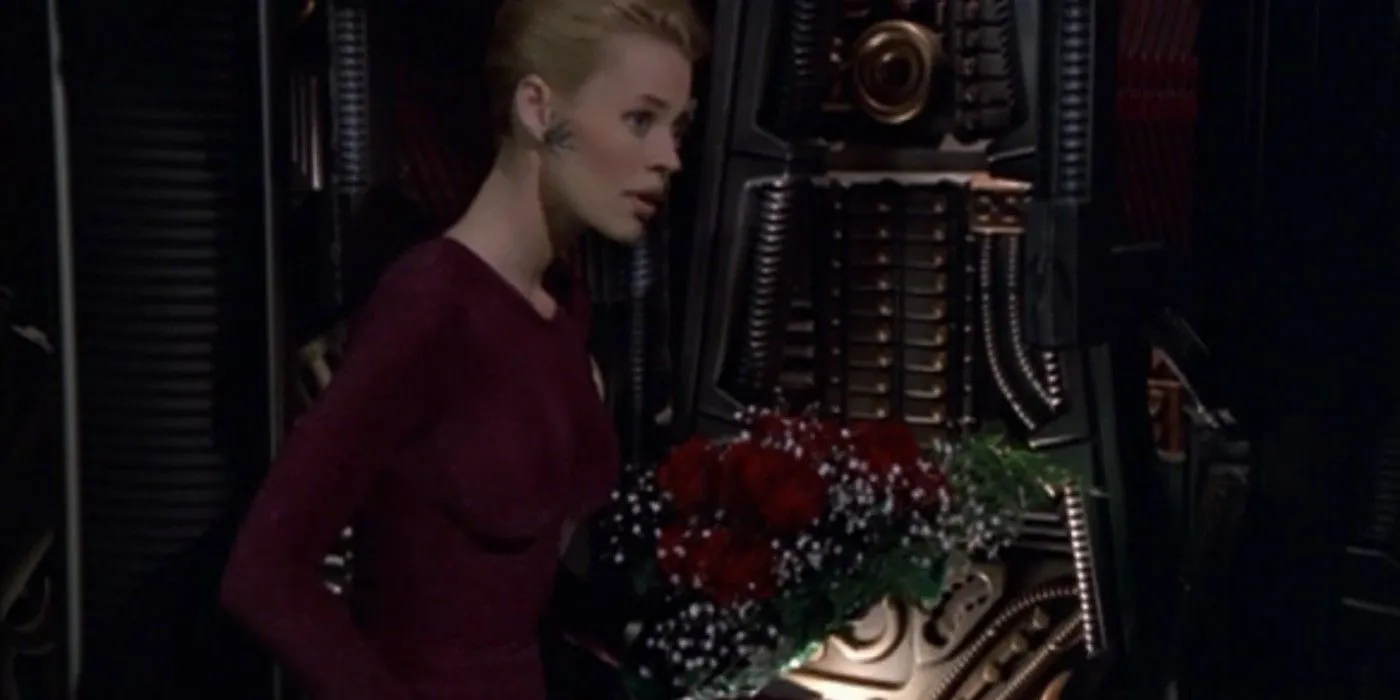
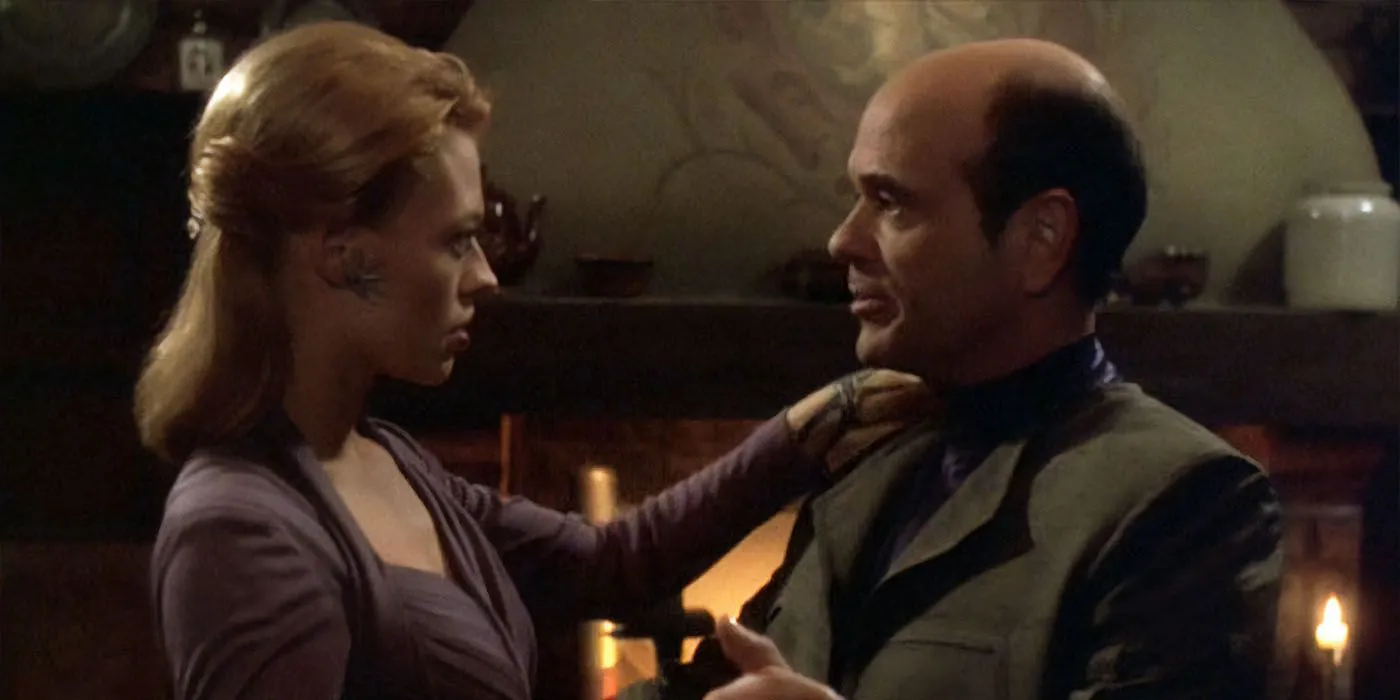
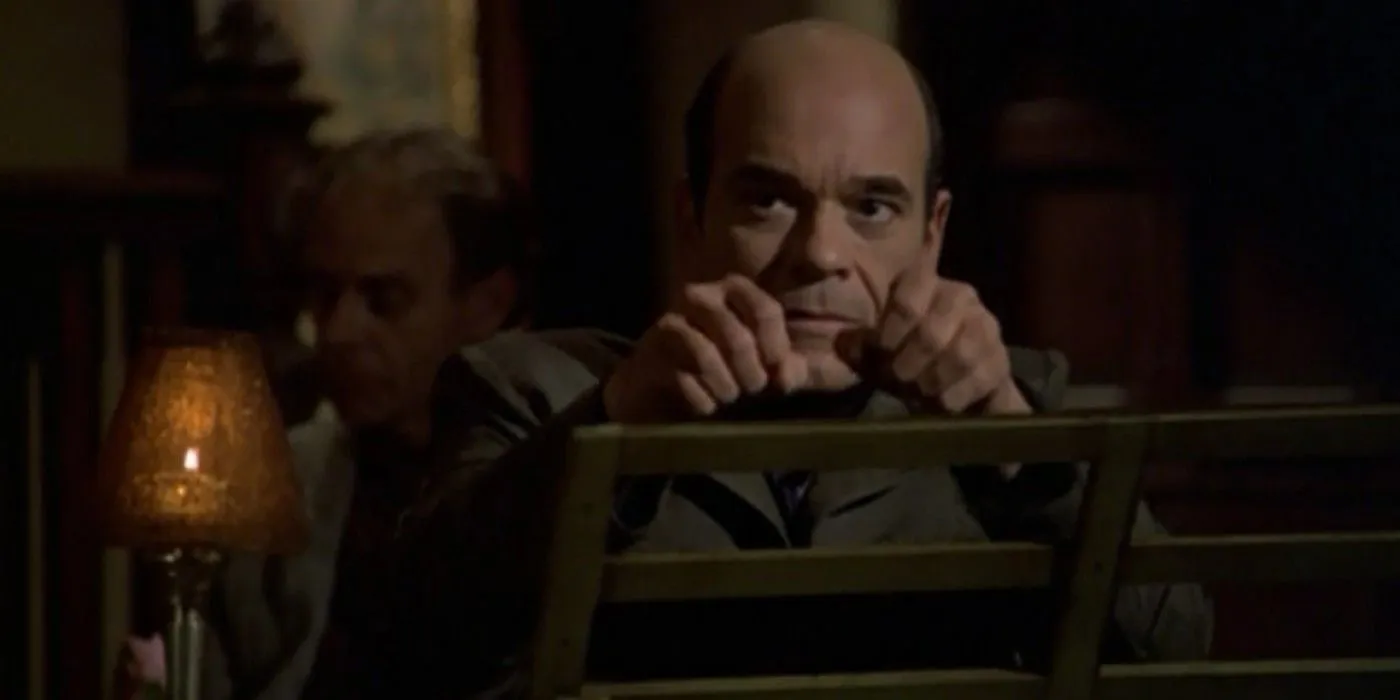
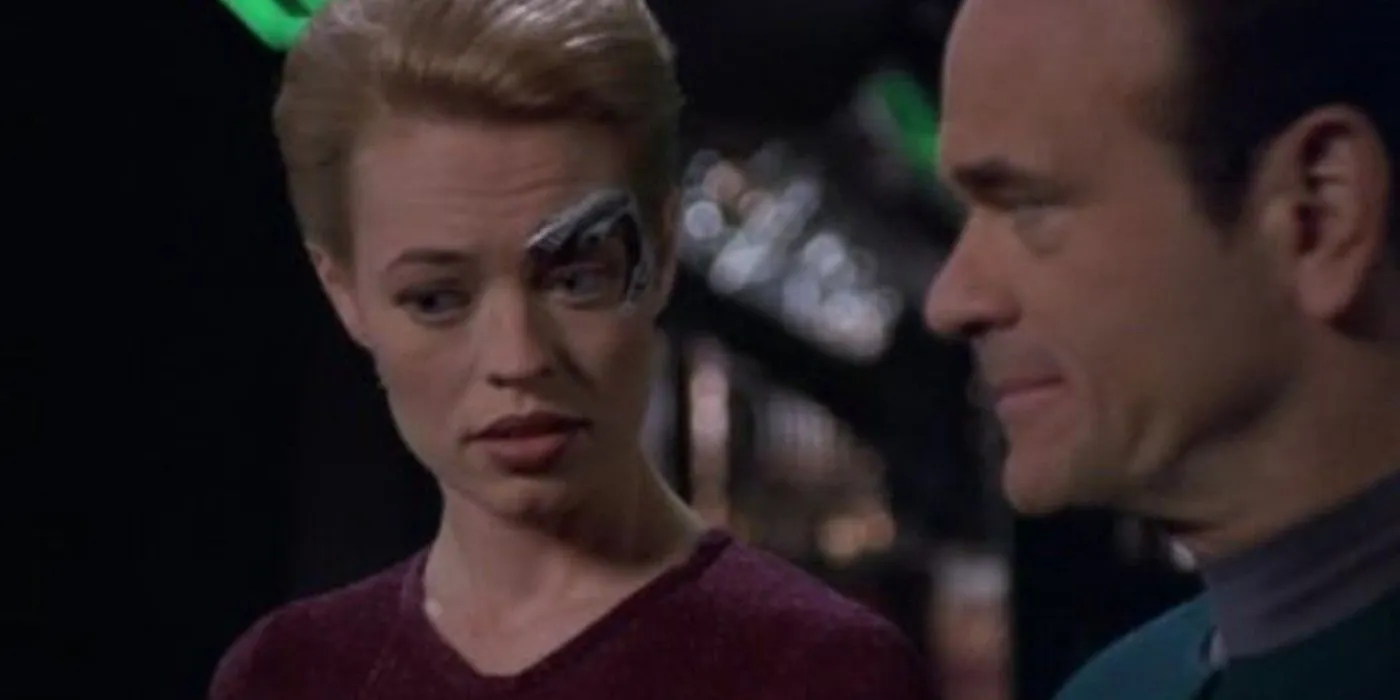
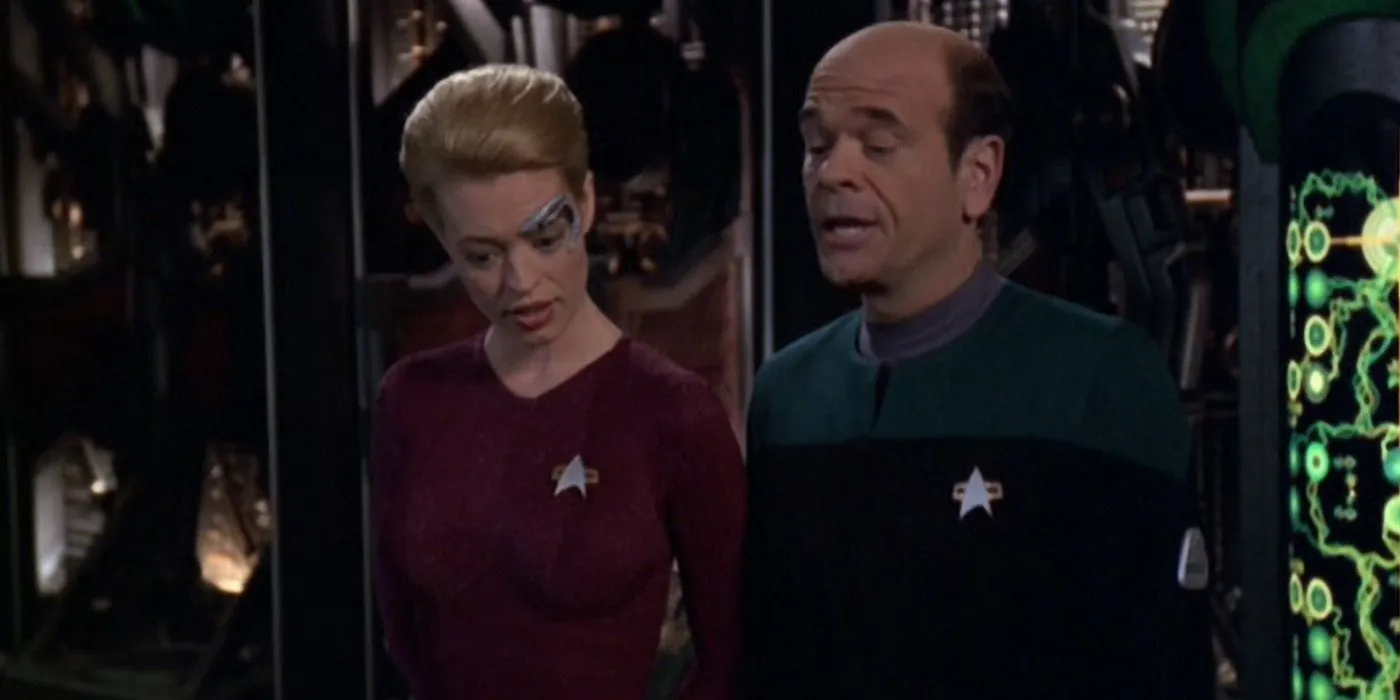
In “Someone to Watch Over Me,”Robert Picardo’s portrayal of the holographic Doctor explores the nuances of emotional depth and unrequited love, echoing themes of growth present in Voyager. While Seven of Nine also faces her own path to humanity, the Doctor serves as her guide into the realm of romance and flirtation. The heartbreaking trajectory culminates in Seven’s unintentional rejection of the Doctor’s affections, emphasizing the episode’s tragic undertones.
The episode shines with compelling performances from Ryan and Picardo, both of whom are talented singers. Their duet further enriches the narrative and elevates the emotional stakes in “Someone to Watch Over Me.”
5
“Warhead”
Episode 25 Challenges the Doctor’s Programming and Thematic Depth
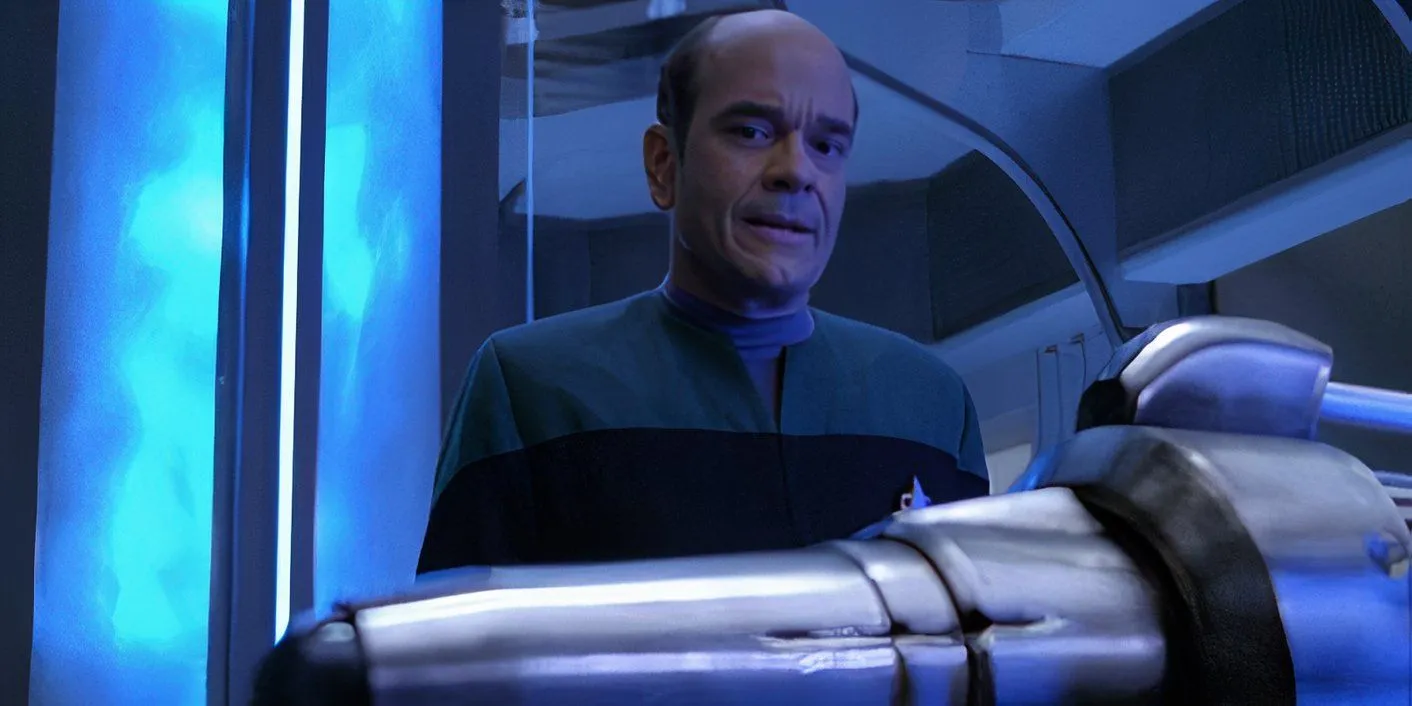


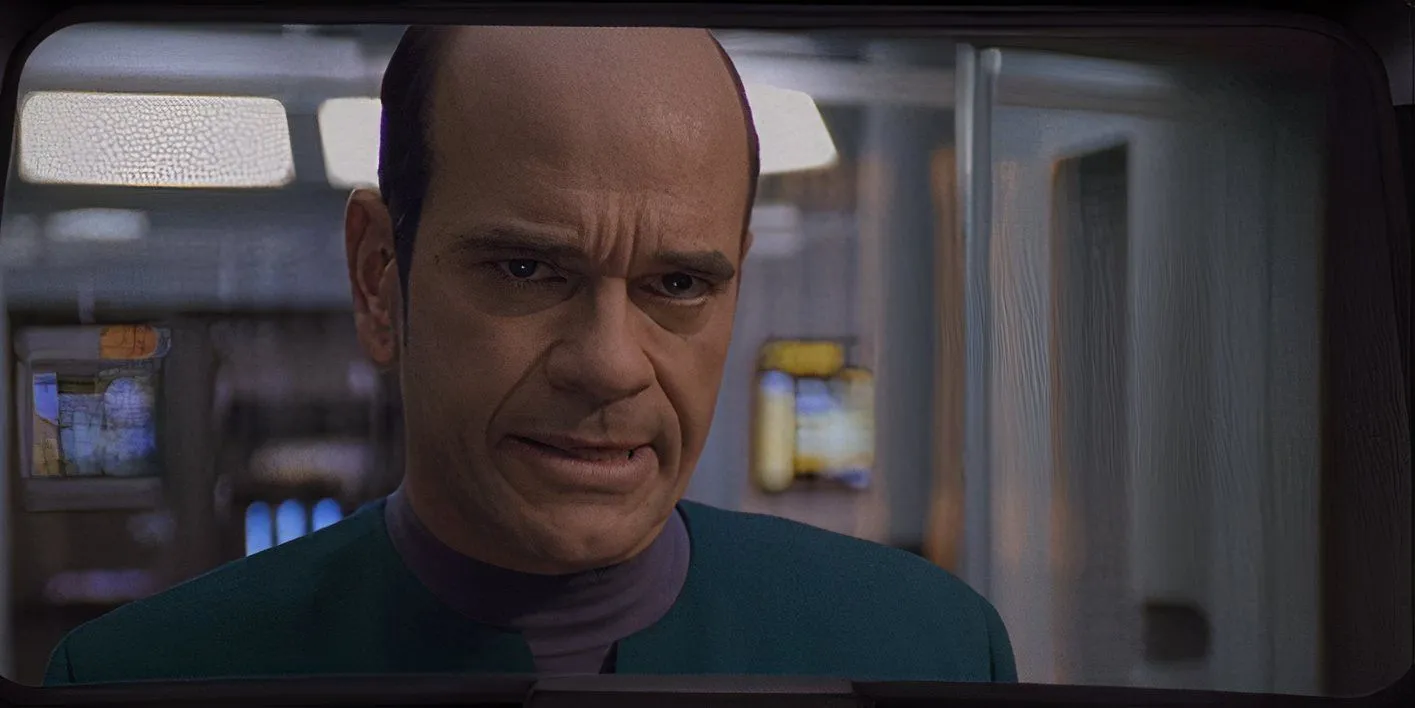
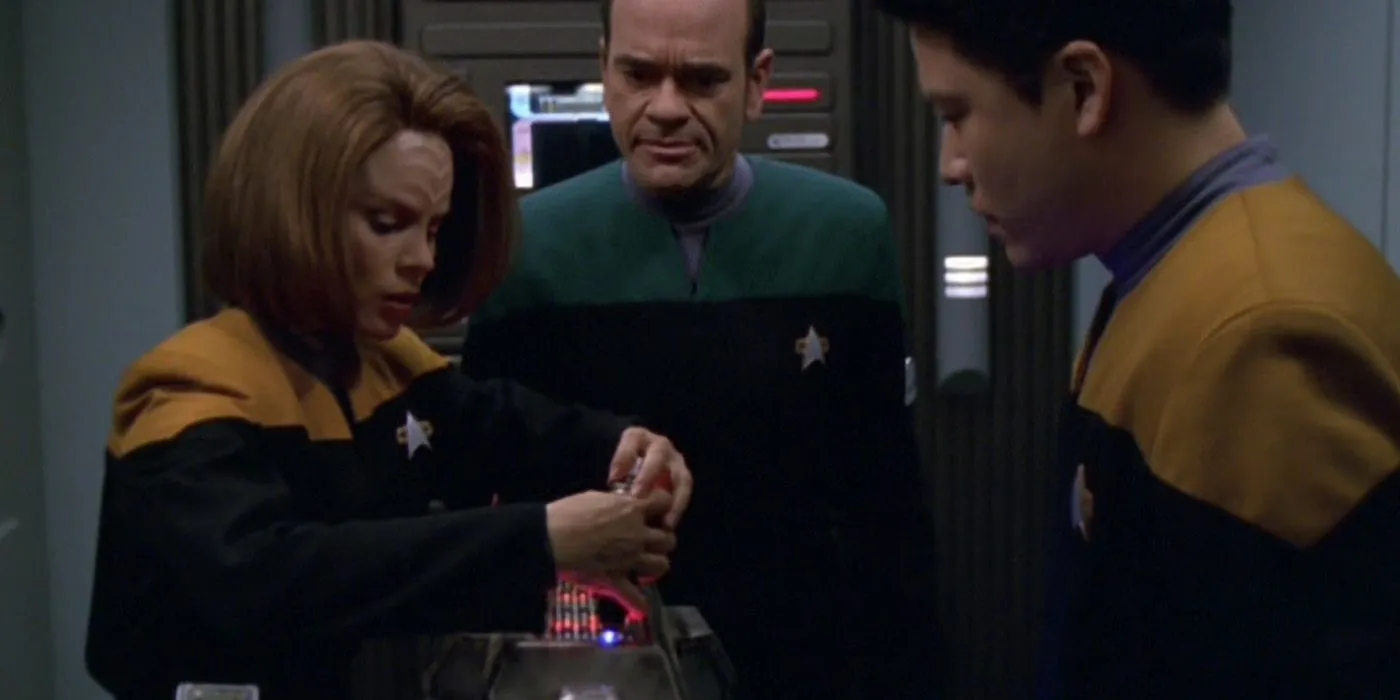
In stark contrast to “Someone to Watch Over Me,”“Warhead”delves into the limitations imposed by the Doctor’s programming. The introduction of a sentient weapon of mass destruction that overrides the Doctor’s programming presents an emotionally charged scenario. It allows Picardo to showcase his versatility by portraying a character vastly different from the Doctor.
The episode serves as a meditation on the concept of programming versus autonomy, as the warhead grapples with its identity through conflict. While it ultimately sacrifices itself to prevent further destruction, “Warhead”combines strong performances with rich thematic substance, solidifying its place among the best episodes in Season 5.
4
“Juggernaut”
Episode 21 Confronts Lt. Torres with a Radioactive Menace
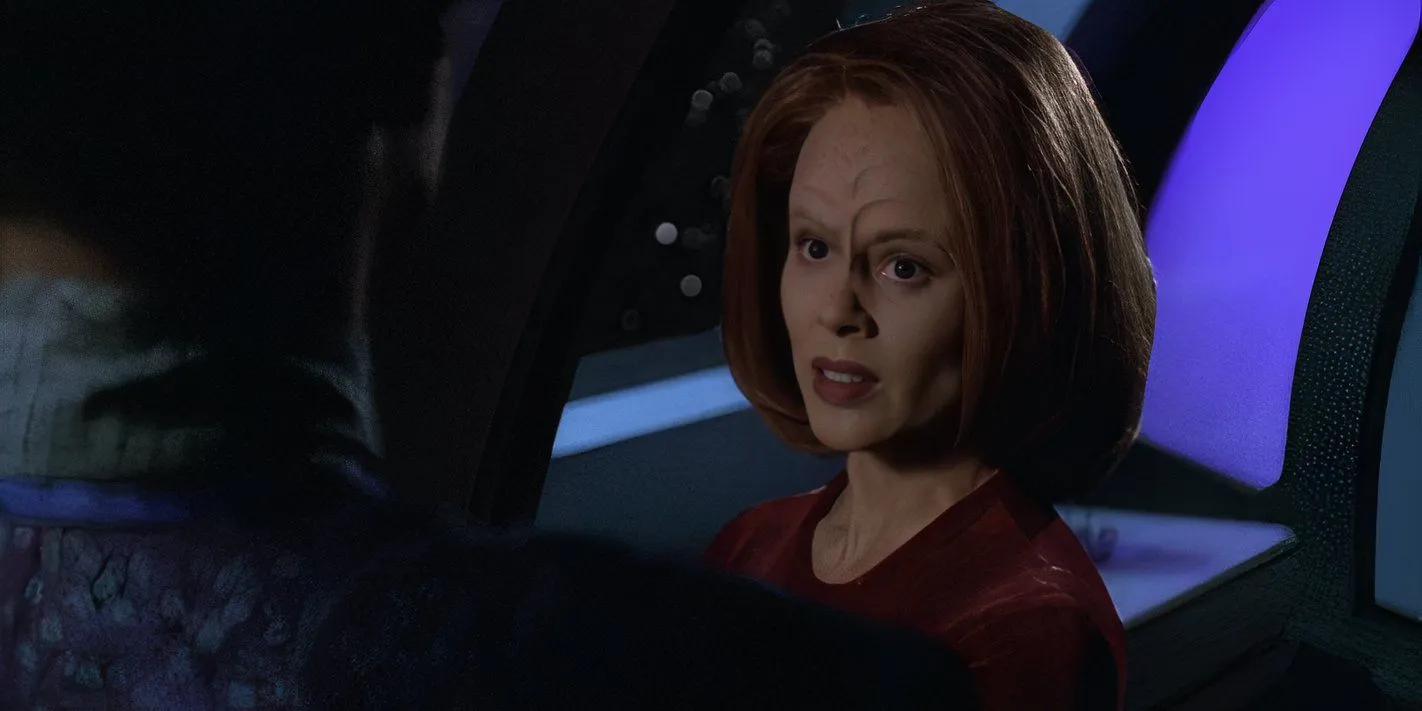
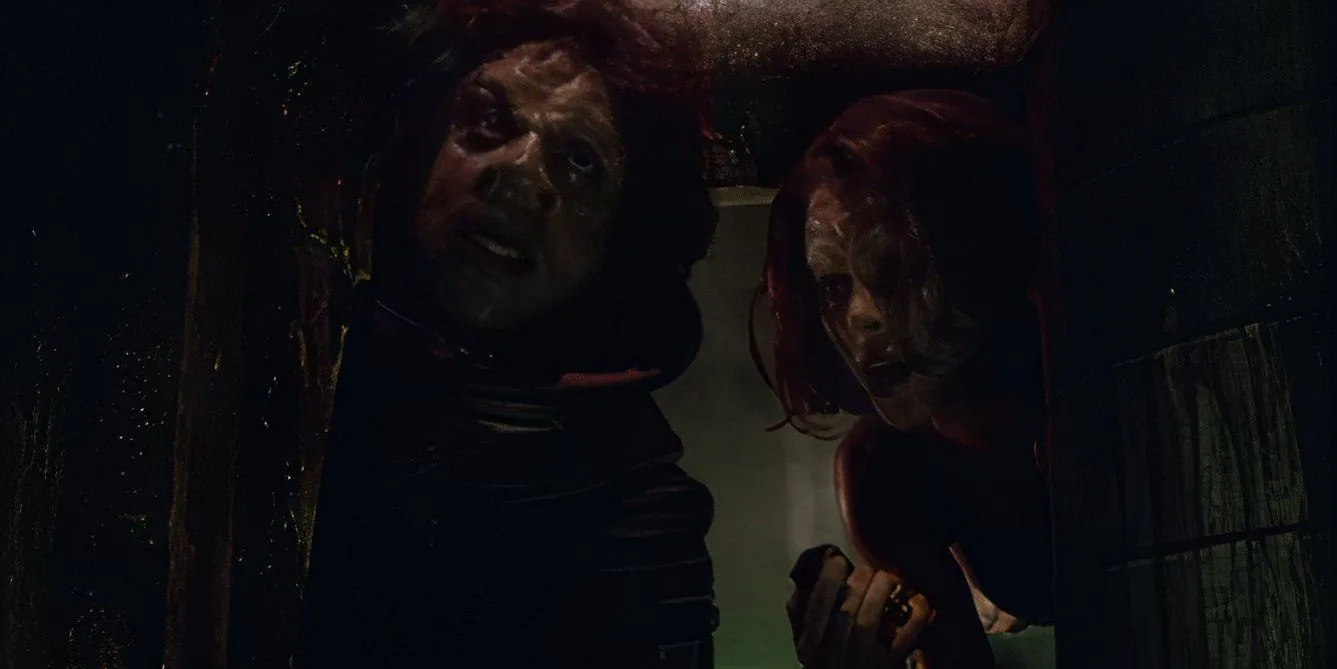
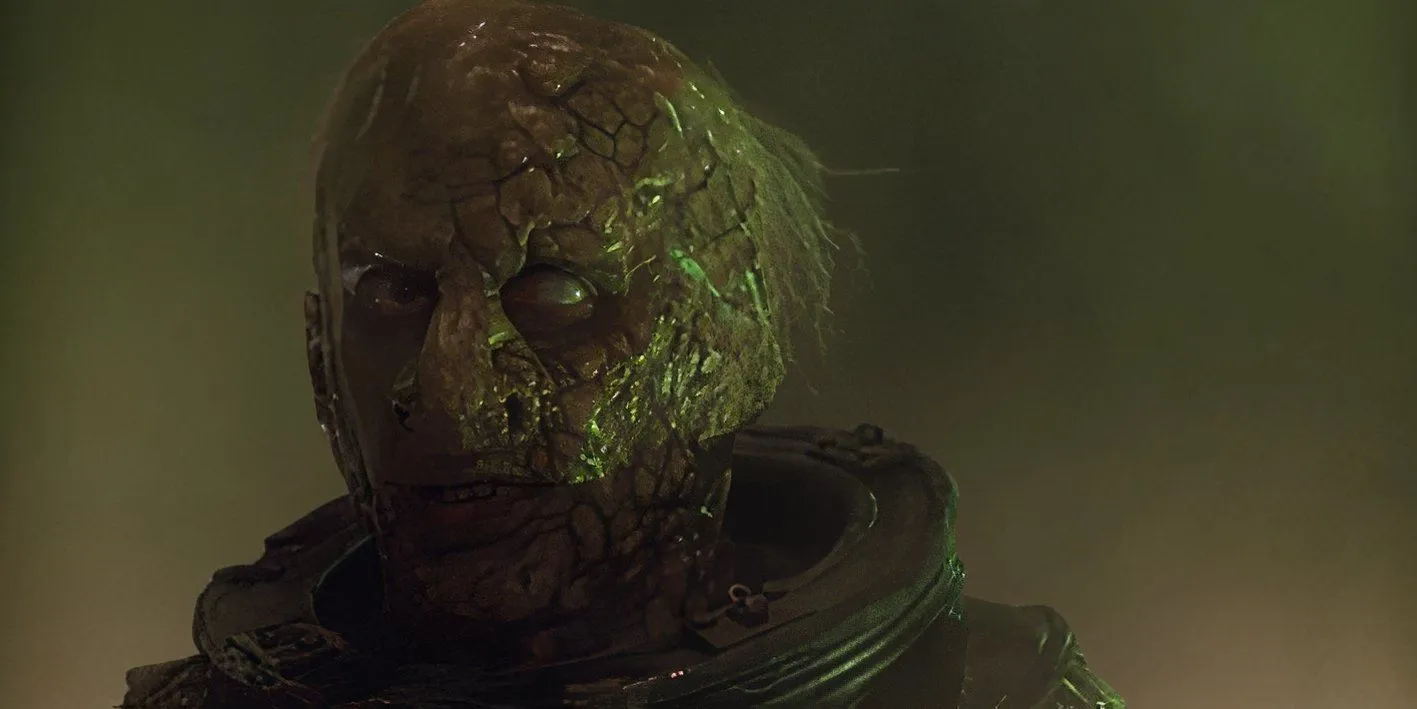
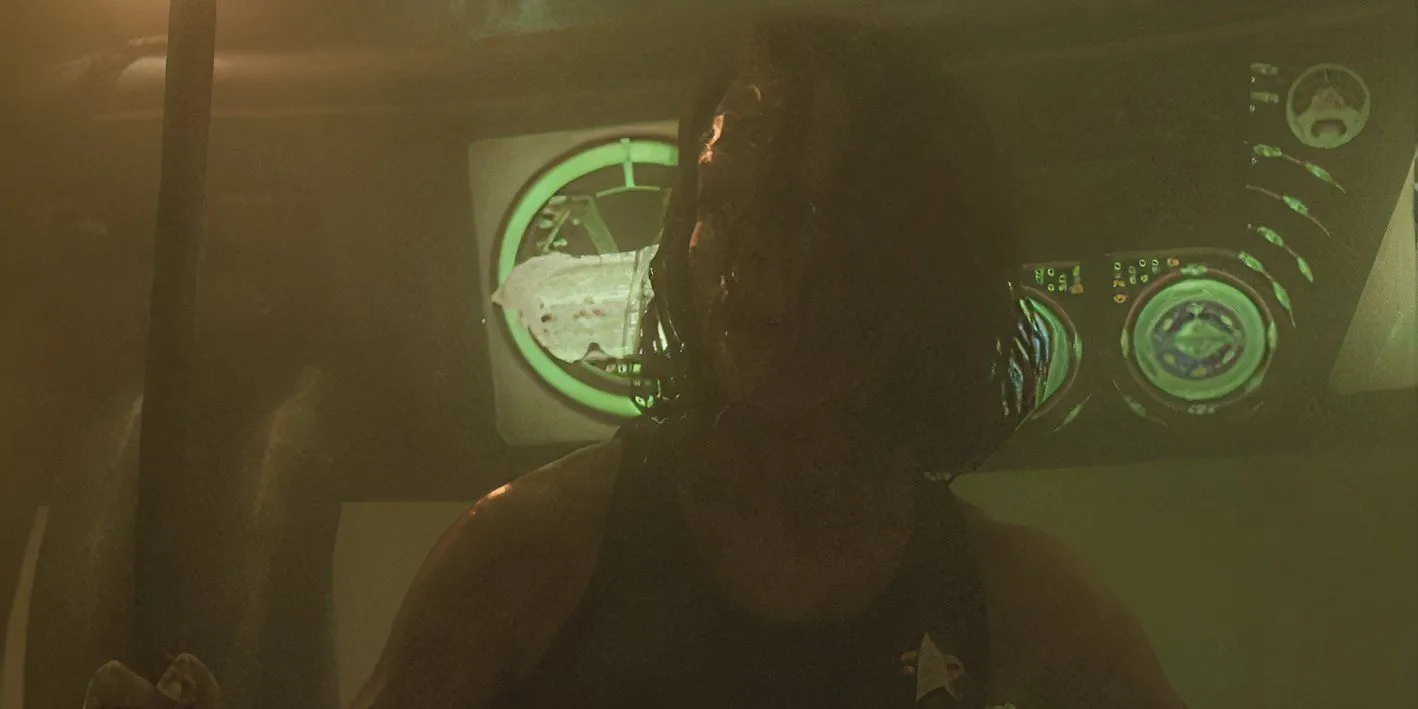
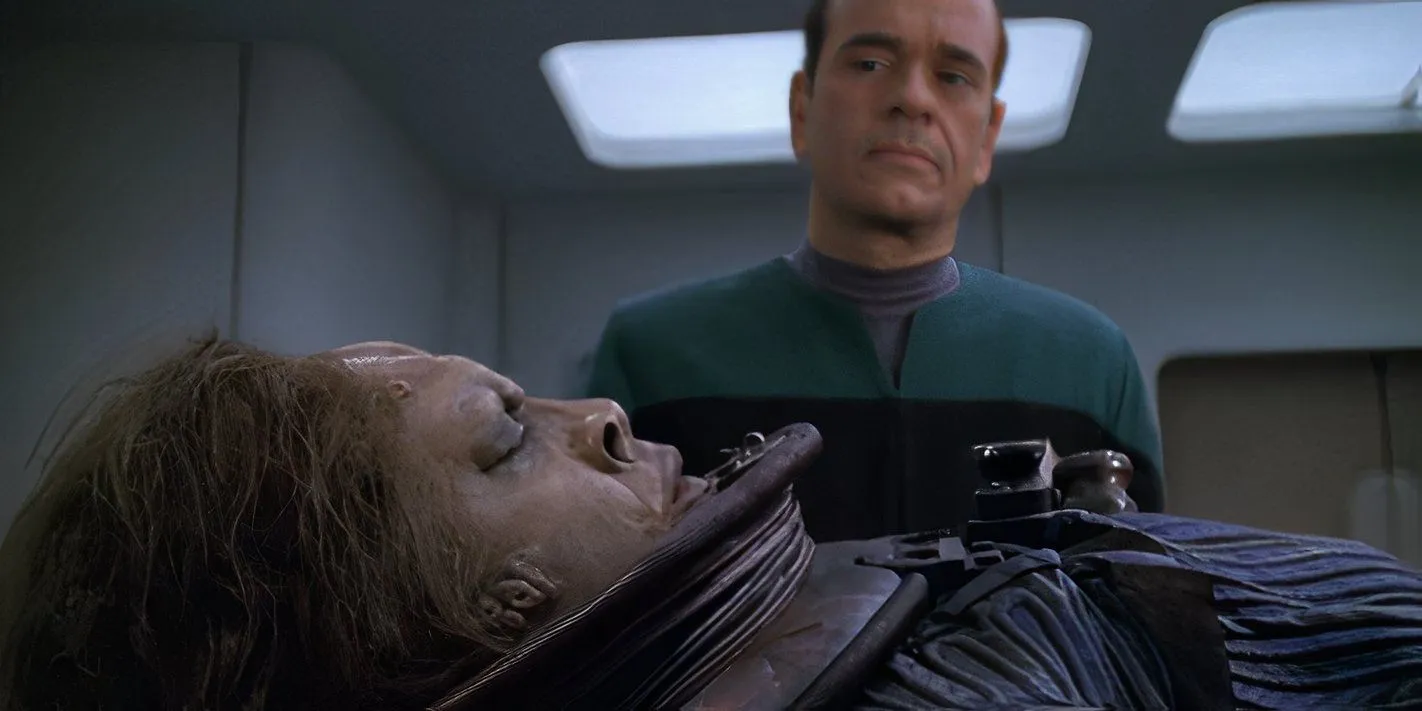
Not only does “Juggernaut”stand out with its original plot, but it also revisits the Malon introduced in “Night,”enhancing their portrayal from mere villains to complex characters navigating difficult circumstances. The storytelling transforms the Malon freighters into humanized figures, compelling viewers to empathize with their struggles as they deal with toxic waste disposal.
The episode’s cinematography enhances the tension, creating an atmosphere that rises above standard fare, evoking elements of a horror film as Lt. B’Elanna Torres faces a perceived monster amid toxic radiation. This twist—the reveal of a Malon crew member—delivers a gut-wrenching yet thematically relevant moment that culminates in a moral reckoning for Torres.
3
“Counterpoint”
Episode 10 Engages Janeway in a High-Stakes Game
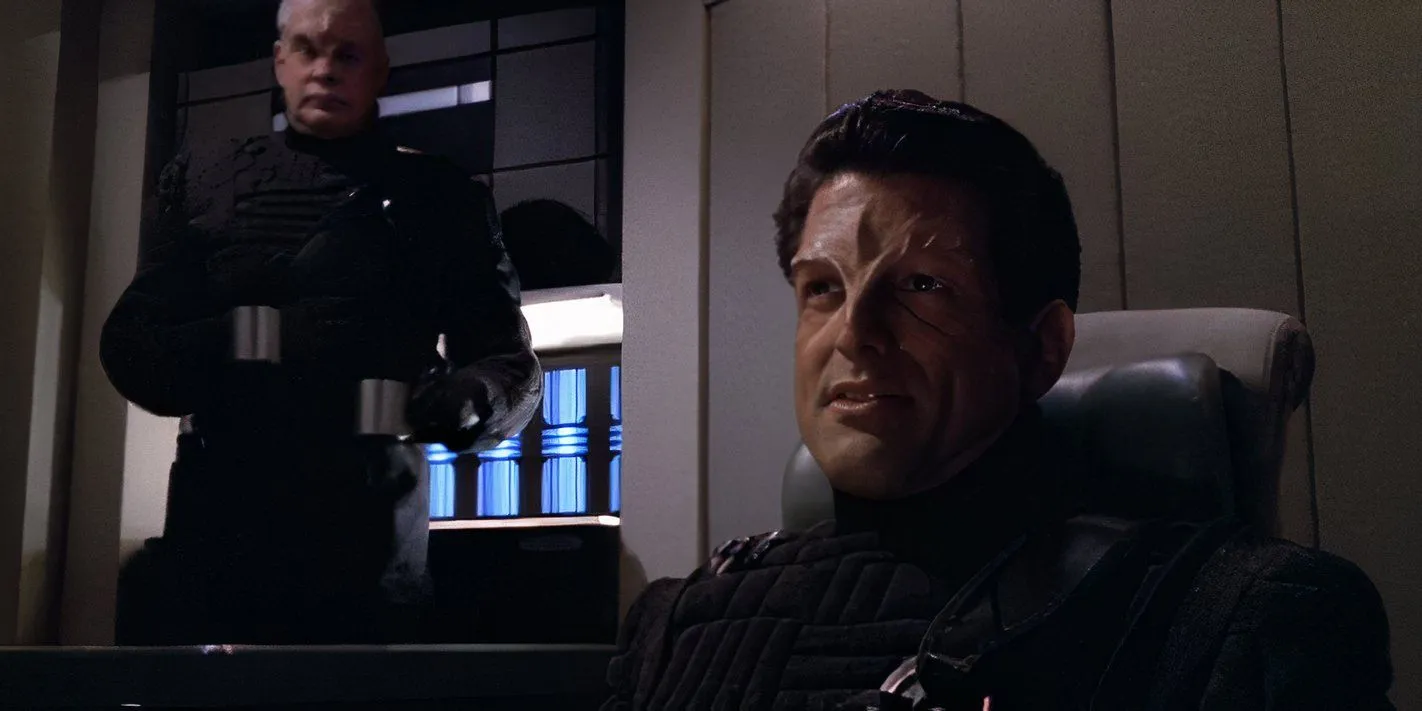
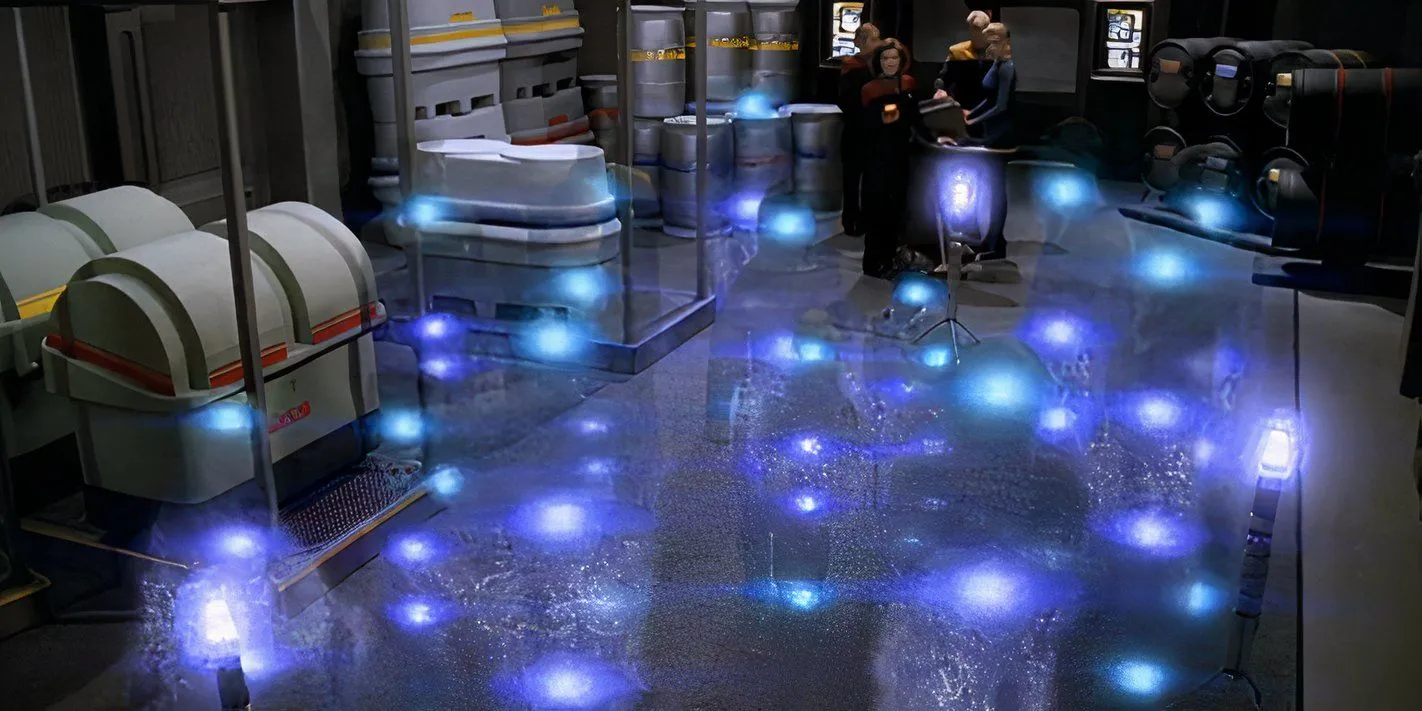
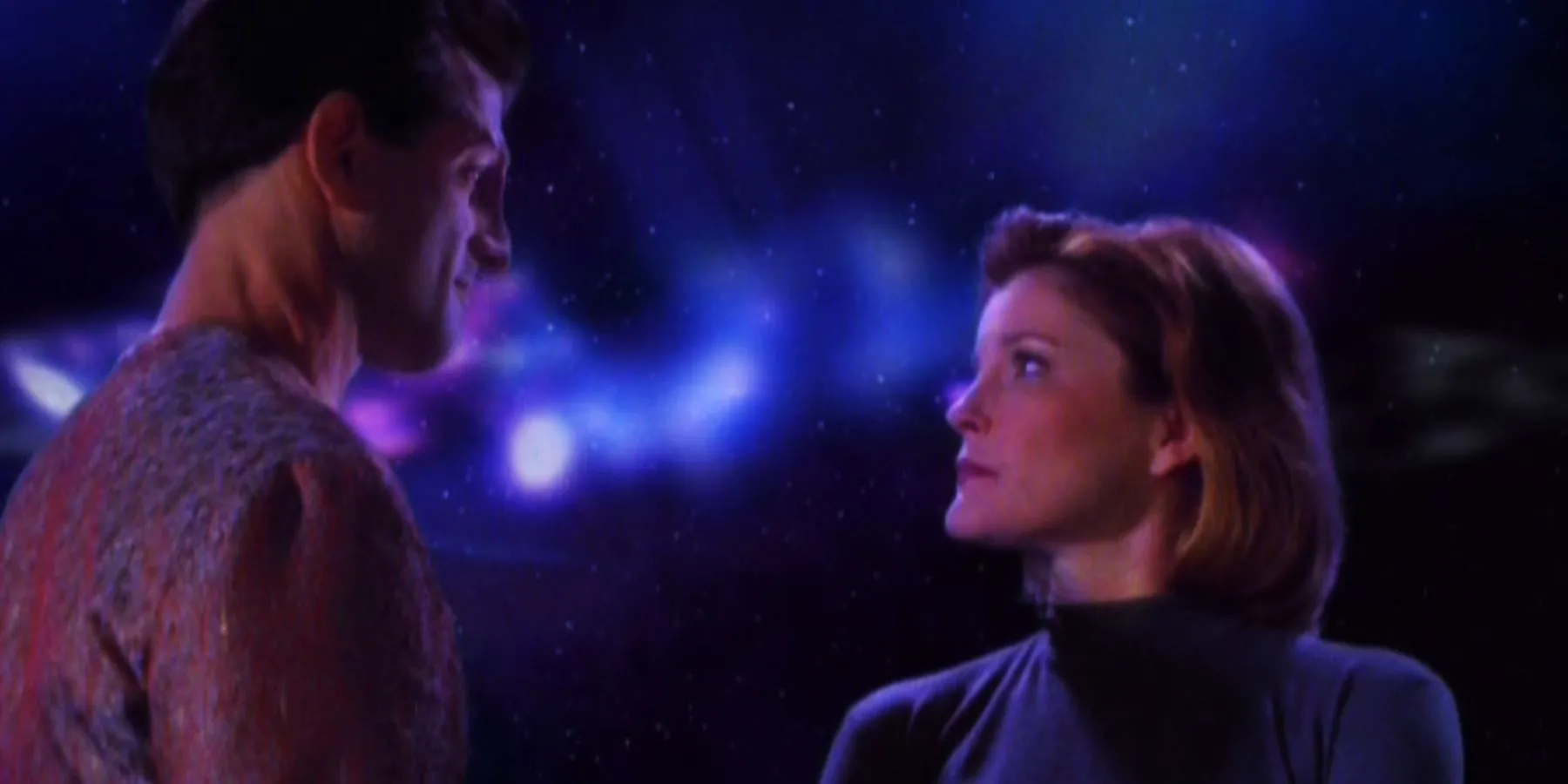

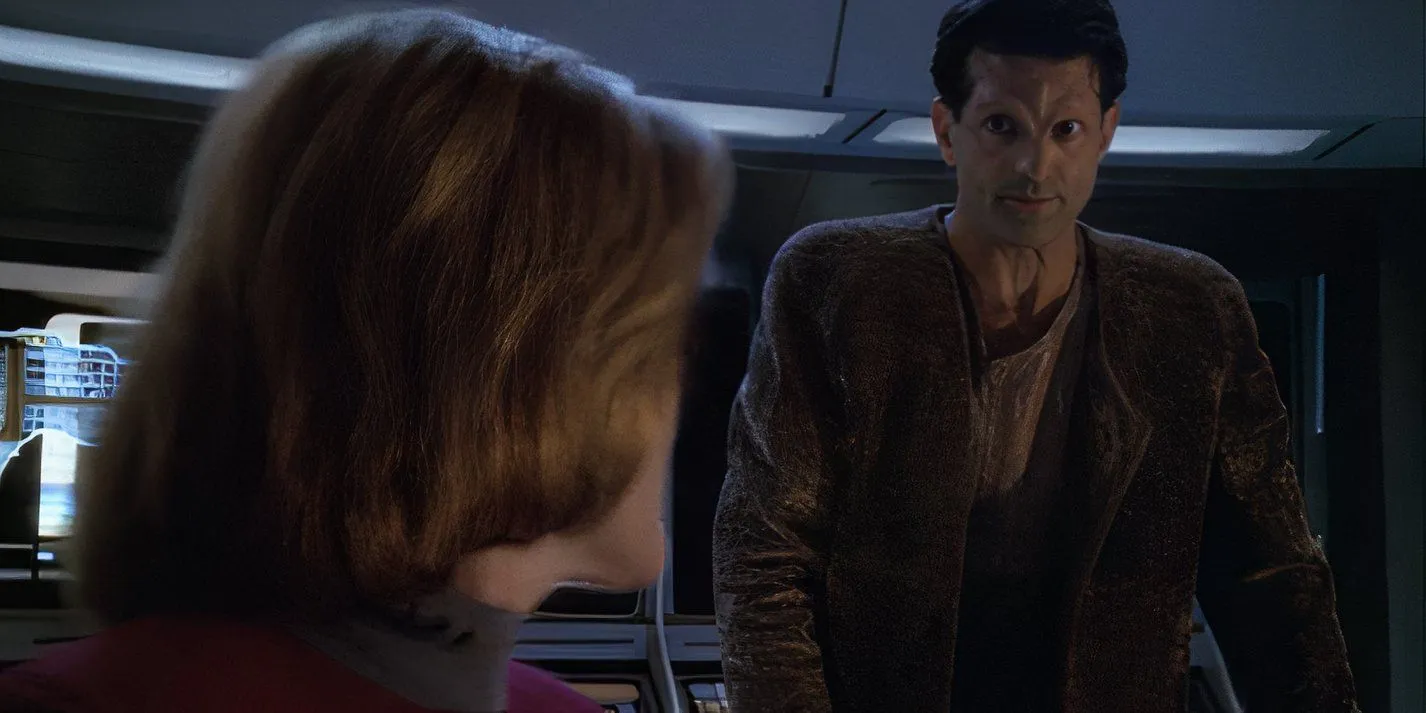
In “Counterpoint,”Captain Janeway finds herself navigating political turbulence with the telepathy-averse Devore as they conduct an unsettling inspection of Voyager. This premise unfolds into a thrilling game of wits, as Janeway engages Inspector Kashyk (Mark Harelik) in a profound cat-and-mouse dynamic scored by Mahler’s First Symphony, bringing multifaceted emotions to the forefront.
With its politically charged narrative addressing themes of discrimination, elaborate plotting, and the tension between Janeway and Kashyk, “Counterpoint”stands tall alongside celebrated Star Trek episodes like “In the Pale Moonlight”from DS9. Its unique take and exceptional storytelling firmly plant “Counterpoint”among Voyager’s finest hours.
2
“Latent Image”
Episode 11 Explores New Dimensions of the Doctor’s Existence
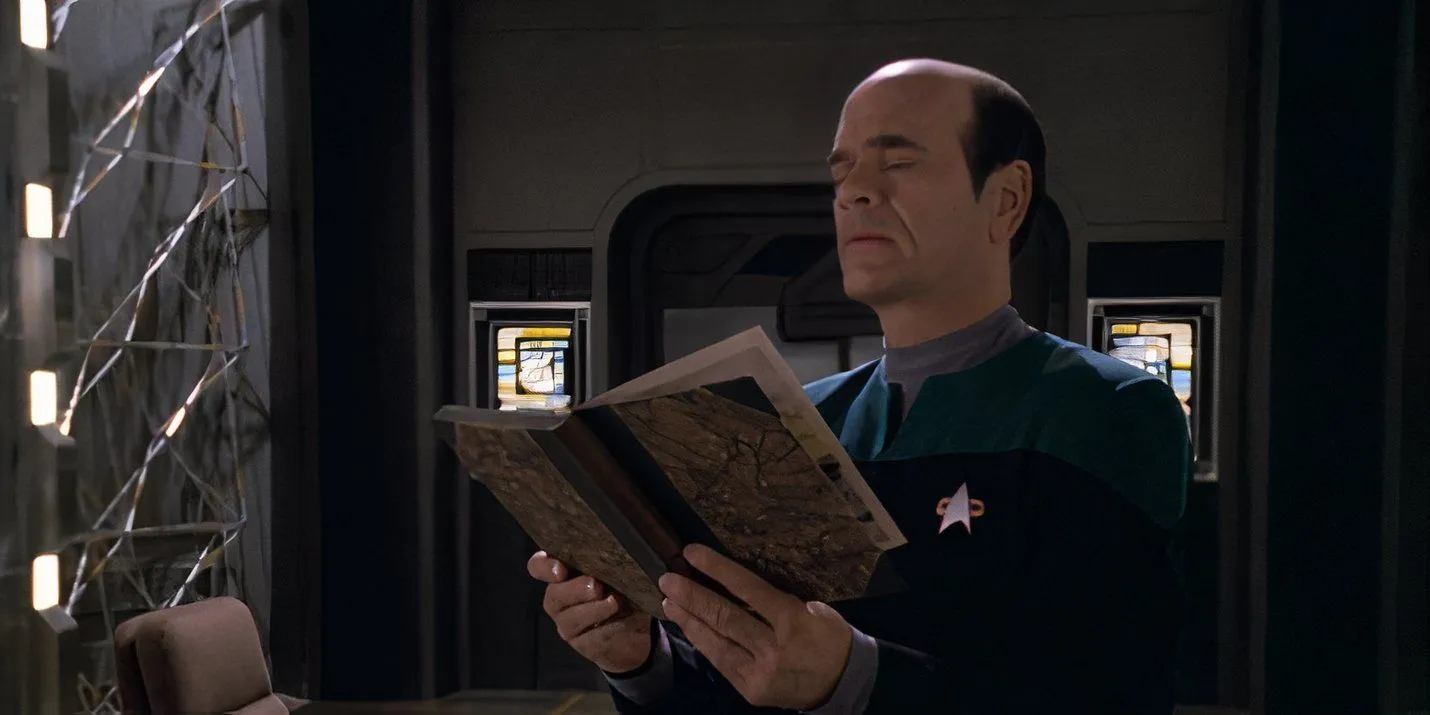
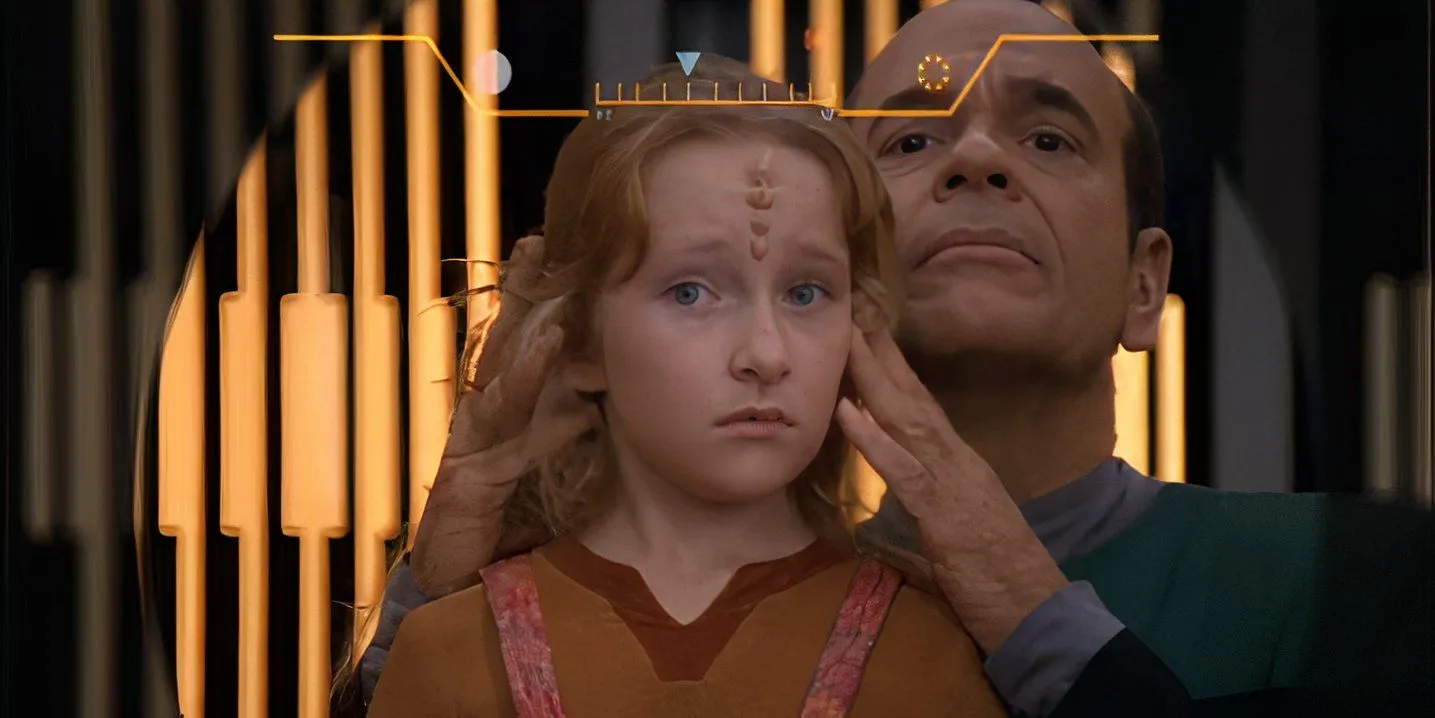
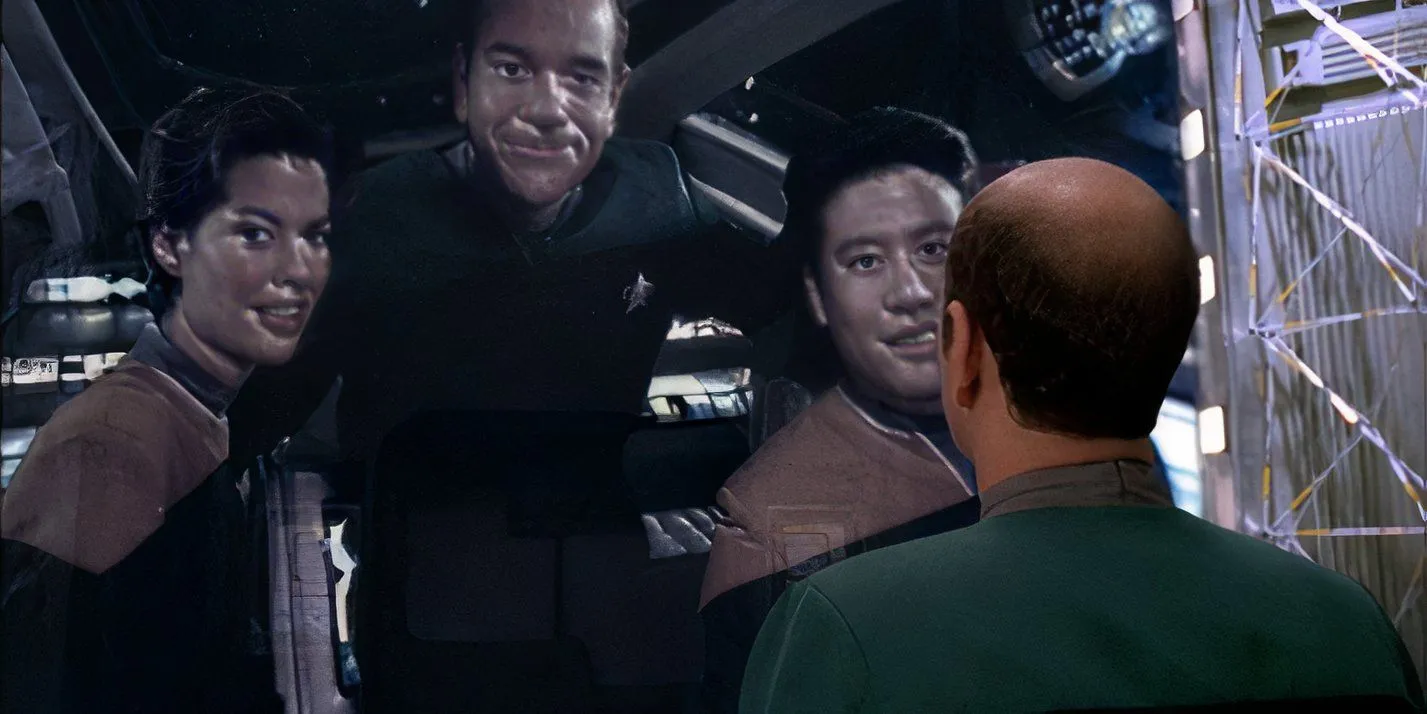
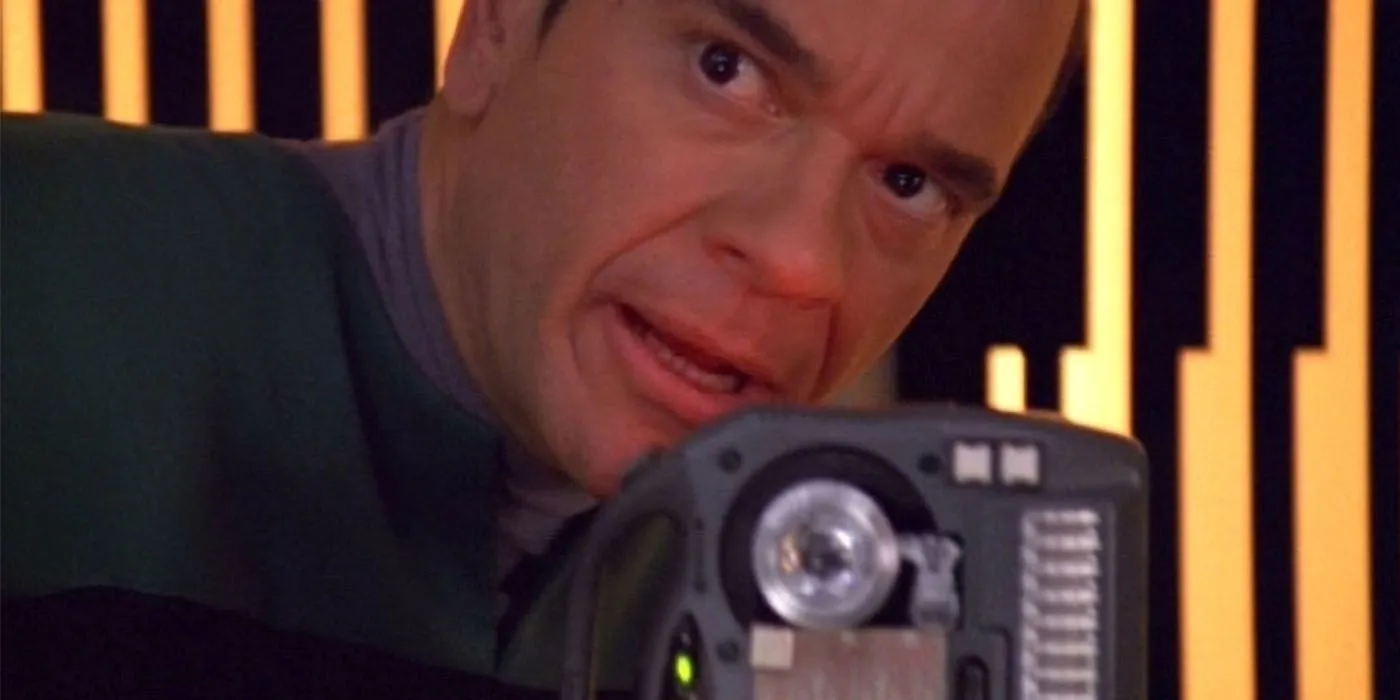
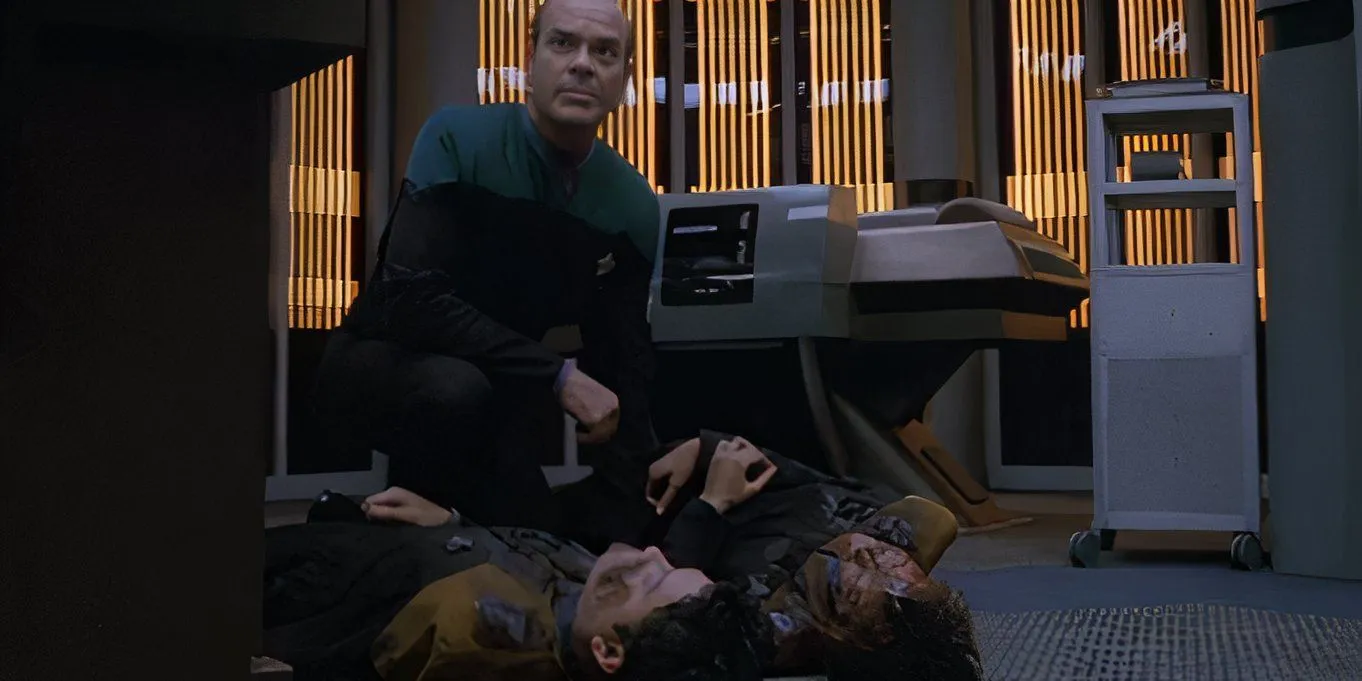
Season 5 of Star Trek: Voyager boasts remarkable episodes focusing on the Doctor, and “Latent Image”stands out as a pinnacle of storytelling. This installment pushes the boundaries of the Doctor’s personhood as he confronts past traumas that have previously triggered program failures. Unlike in earlier episodes, in “Latent Image,”the Doctor defies Lt. Torres’ directive to block traumatic memories, asserting his right to retain painful experiences.
The emotional journey culminates in a pivotal moment when the Doctor reconciles his memories and ethical dilemmas, ultimately affirming his identity as a legitimate crew member. “Latent Image”underscores themes of growth and sentience, establishing the Doctor’s place within the Voyager ensemble as a fully realized character.
1
“Course: Oblivion”
Episode 18 Explores a Heartbreaking Alternate Reality for the USS Voyager
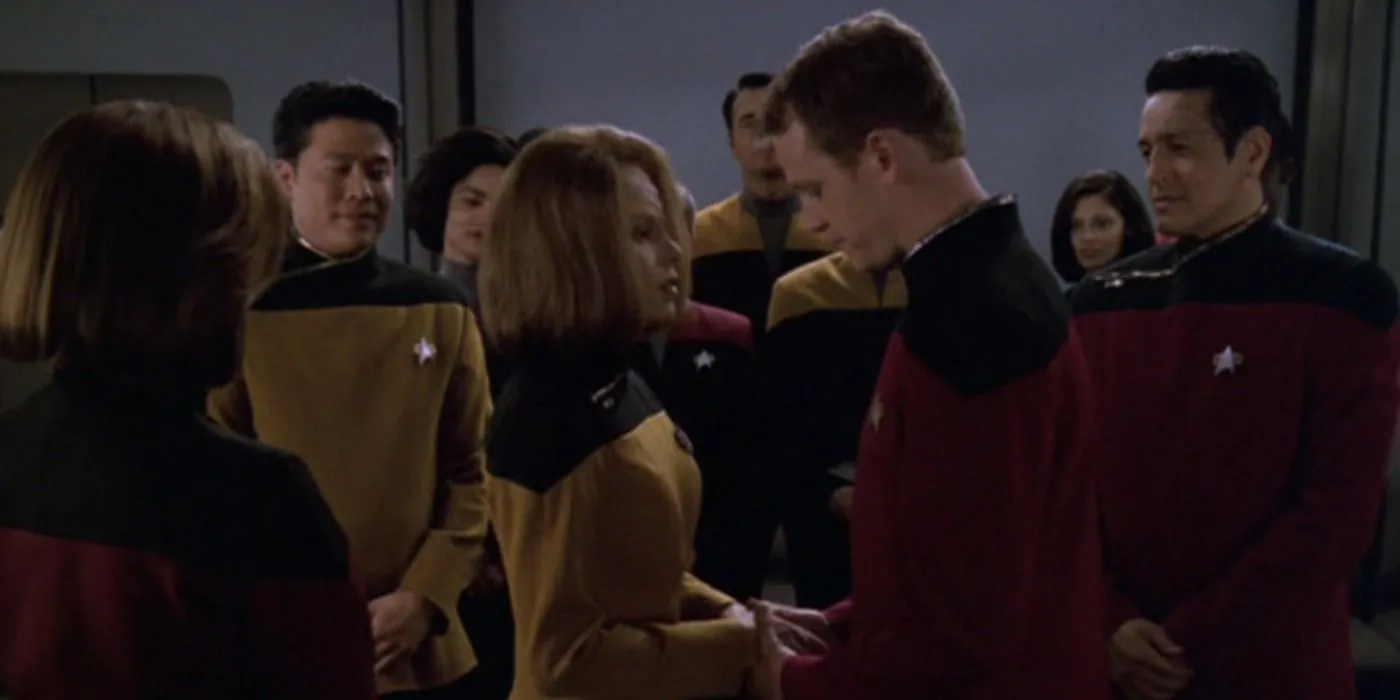
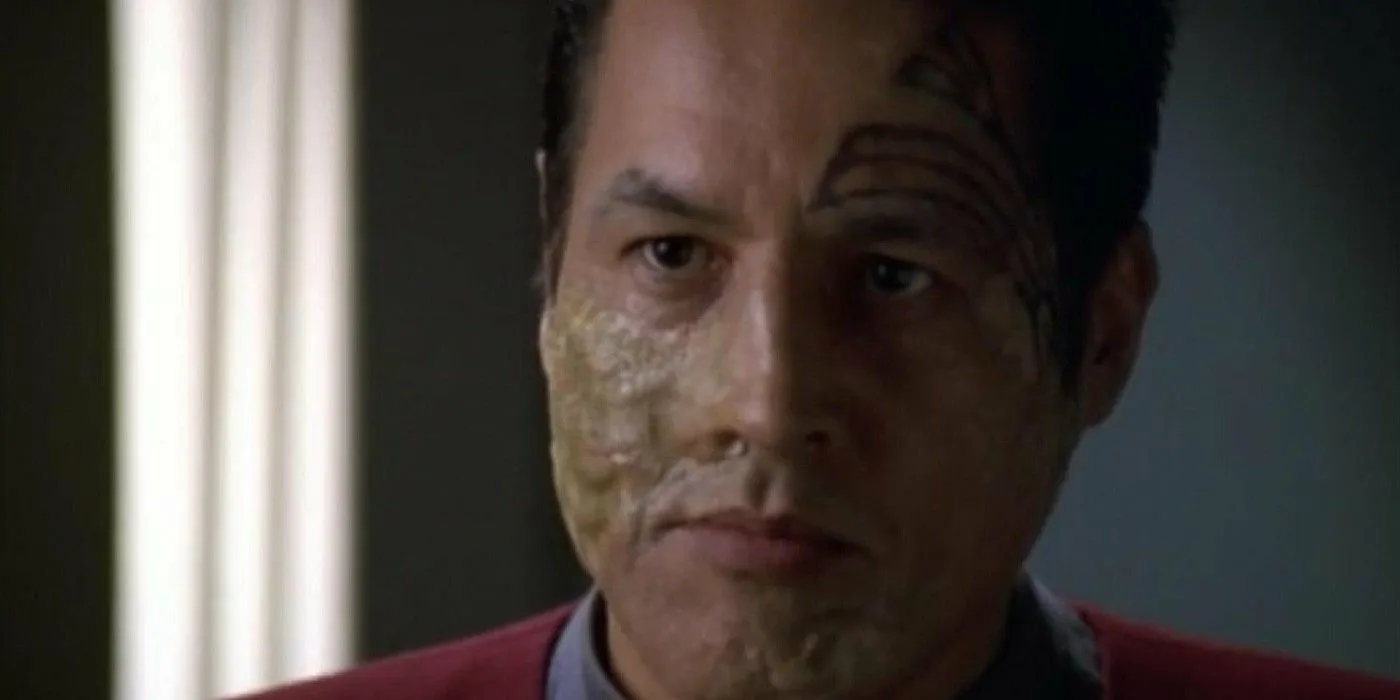
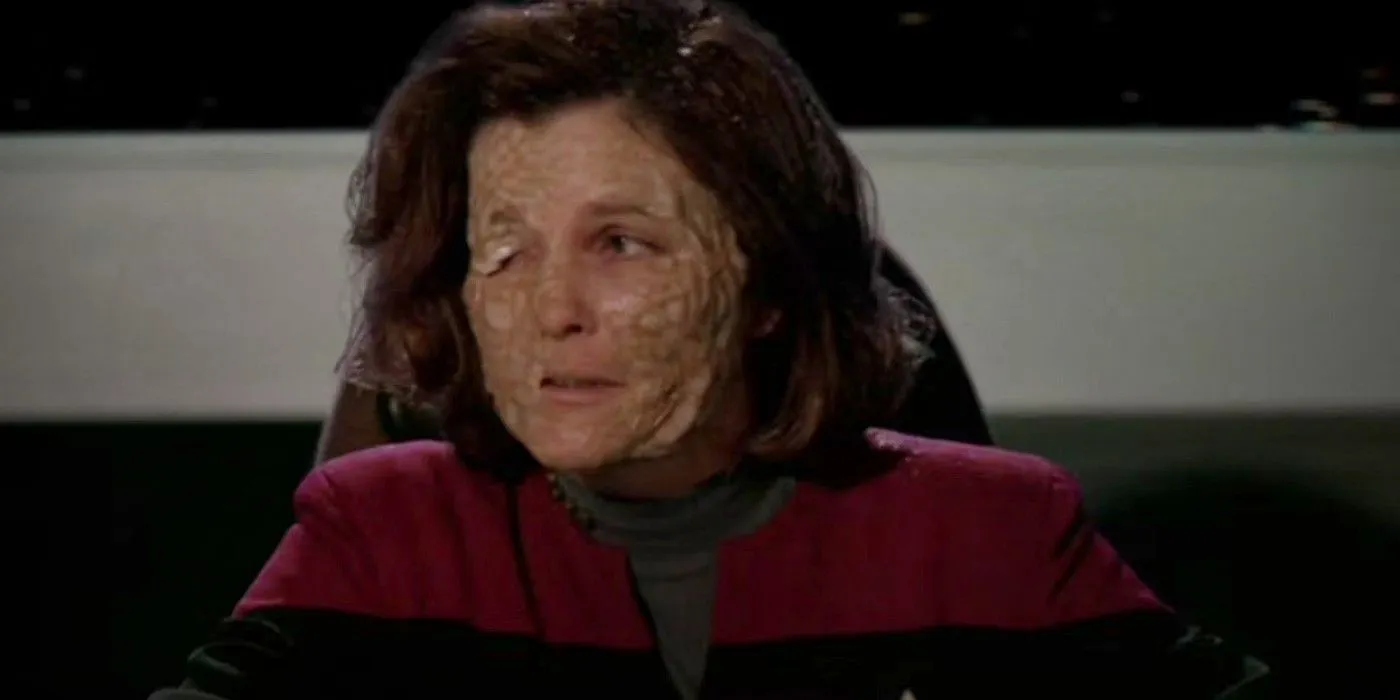
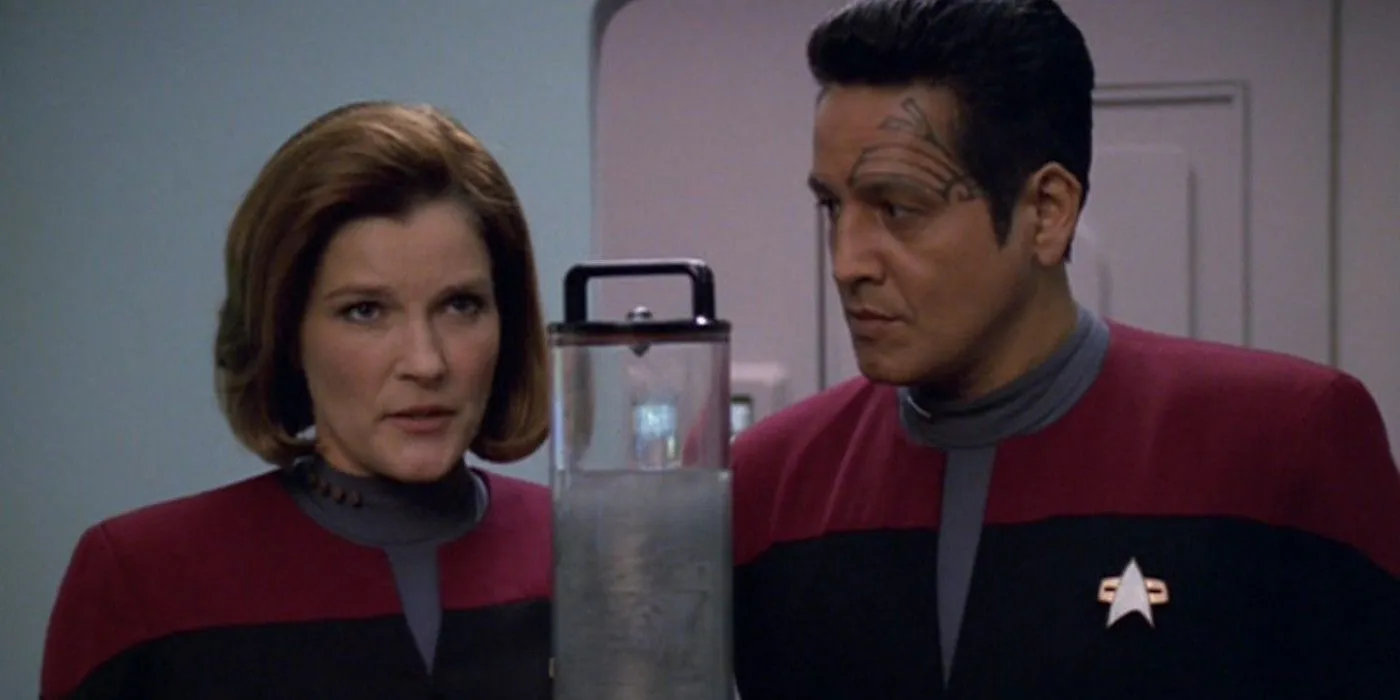

Amidst the impressive roster of Season 5 episodes, “Course: Oblivion”emerges as a compelling narrative that examines the fate of an alternate Voyager crew introduced in the previous season. In this episode, the audience witnesses the tragic plight of a crew mirroring the original Voyager, succumbing to gradual degradation while longing for Earth.
The emotional weight of the episode crescendos at the wedding of Tom Paris and B’Elanna Torres, which serves as a poignant juxtaposition against the looming doom as Ensign Kim grapples with his failing mission to affirm their existence. The haunting conclusion, where the real Voyager discovers the remnants of this doomed crew, encapsulates the essence of existential despair that Star Trek so often explores. “Course: Oblivion”is not just a highlight of Season 5; it stands as a benchmark in the narrative legacy of Star Trek: Voyager.
